The truth about the is both simple and complex. At its core, the stark truth about this historical catastrophe is the systematic murder of six million Jews by Nazi Germany and their collaborators. As part of their broader campaign of criminal persecution, the Nazis also killed three million Soviet prisoners of war and hundreds of thousands of their political opponents, as well as Roma, Serbs, people with disabilities, Jehovah’s Witnesses, and gay men.
Beyond these facts, however, the Holocaust was a complex enterprise. It took place over 12 years and hinged on both the decisions of leading Nazi officials and the mobilization of millions of ordinary Germans as well as local collaborators in German-occupied and Axis allied European countries.
The Holocaust also rested on a long history of antisemitism that made murderous hatred of Jews possible and even acceptable. When we teach others about the Holocaust, we attempt to shed light on the many aspects of this historical crime, with the aim of reaching a clearer understanding of how it came to be. And there is another essential ethical dimension to the work of Holocaust education; how to avoid reducing victims or survivors to a simple number, like six million, and instead demonstrate and honor their humanity.
Over the course of the Sardari Project, a joint initiative between IranWire and the United States Holocaust Memorial Museum, we have long used many methods to advance Holocaust education for Iranian audiences.
Some of our most successful educational tools have been photos and short videos that can be shared across social media – often with an accompanying article that delves into an aspect of the Holocaust.
Last year, IranWire launched a new series that has already grown to become one of our most effective educational tools, Photos That Define the Holocaust. Numerous subject matter experts filmed short video monologues in which they discuss and analyze a photograph related to the Holocaust.
What is most fascinating about this series is that the selected photos were not part of a systematic or centralized attempt to explain key elements of the Holocaust to IranWire’s audience.
Each photo was picked by each individual expert, according to their own decisions, and as such they amounted to a collection of fragments that highlight small parts of the story of the Holocaust. But taken together, these photos do help us to understand the enormity of the Holocaust, to learn some of its lesser-known aspects and to not lose sight of this grand crime as a mere abstraction; to remember that it involved human beings as perpetrators and collaborators and as victims, survivors, rescuers, and all who don’t fall easily into any of these categories.
For instance, one photo from this series, taken in the late 1930s, shows a young Jewish couple in Lithuania: a boy lighting a cigarette for his girlfriend. In one sense the photo shows us nothing specific to the Holocaust. But it carries a poignant message as it shows us the ordinary life of Jews in Europe before the Holocaust came to destroy much of this population.
Another picture shows a group of SS auxiliary women forces hanging out near Auschwitz and eating some local fruits. It is a reminder also of the ordinary lives of those who were perpetrating crimes against humanity.
Other photos include one that shows women in Latvia celebrating Nazi soldiers who occupied the country, seizing it from Soviet occupation; or another, showing a group of Jewish and non-Jewish young boys playing on a street in Bremen in the 1920s, in a scene that became impossible just a few years later.
The expert introducing this photo in the IranWIre series tells us of the hair-raising story of how one of the German boy ends up as a guard in the Bergen-Belsen concentration camp; and how he contacts his Jewish playmate, years later, trying to justify or explain away his role during the war.
Some photos show the unlikely ways in which Iran was linked to the Holocaust.
For instance, one shows a Beirut-born Jewish man named Sami Dora, all of whose family happened to have held Iranian citizenship, probably due to trade ties with the country. These Iranian papers come to play an important role in their lives later on. In the photo, Sami is shown in a labor camp in Morocco.
He fled there from Paris, where he had been living before the invasion of France by Nazi Germany. Abdolhossein Sardari, an Iranian diplomat in Paris, helped to save the lives of Sami’s parents, along with many other Iranian Jews by issuing them Iranian identity papers that allowed them to escape Nazi-occupied Europe.
Even after Morocco fell to the Allies, the French wanted to return Sami, who had meanwhile fled and was living in Casablanca, to labor camps. It was the intervention of the Iranian consul in Casablanca that allowed him to escape this fate and he, instead, worked for American forces during the war. His story is the reminder of how the Nazi regime of persecution went outside Europe and affected North Africa, as well as the unexpected ways in which Iran is linked to the story of the Holocaust.
The experts introducing the photos in IranWire’s videos are themselves from a variety of backgrounds.
Some are experienced US Holocaust Museum historians or other members of its staff who have dedicated years to the study of the Holocaust including the Museum’s young ambassadors, often in their teenage or post-teen years, who as part of the Bringing the Lessons Home program, lead tours of the Museum.
Each of these experts speak not only to what we can see in the photos, and the stories behind them, but about what it means to them personally and how the photo helped them connect to the story of the Holocaust and to learn from its horrors.
The Sardari Project aims to connect Iranians with people of diverse backgrounds outside their own country. While the Islamic Republic government denies the Holocaust for its nefarious political purposes, people from various walks of life, in a country far away, speak of their own experiences of learning and teaching about the Holocaust and thus connect to their fellow human beings in Iran.
***
Jews in Vienna are forced to scrub pavement, 1938
In 1938, Jewish people in Vienna were forced to scrub the streets as a form of public shaming. Historian Lindsay MacNeill explains how Nazi forces, as well as ordinary Austrians, took part in imposing this humiliation.
Dr. Gisella Perl, pictured on the cover of her 1948 memoir
Dr. Gisella Perl was a Jewish Hungarian gynecologist and a hero of the Holocaust for saving the lives of many pregnant Jewish women in Auschwitz by performing abortions. Historian Lindsay MacNeill tells us her story.
German policemen stationed in German-occupied Łódź celebrate Christmas 1940
Here is a simple photo of a group of young men, laughing together and celebrating Christmas, but historian Lindsay MacNeill tells us the dark story behind the picture. The young men are Nazi police officers who worked in horrific nearby concentration camps.
Marie Doležalová is sworn in as a prosecution witness at a war crimes trial. Nuremberg, Germany,1947
The Nazis did not kill just individuals: sometimes they also destroyed whole places such as the small Czech town of Lidice. A teenage girl was among the town’s few survivors who went on to testify about its destruction. Historian Lindsay MacNeill tells us about this girl, Maria, and her town.
Hans Hauck, the son of a French Algerian soldier and a German woman
In Nazi Germany, something as simple as a mixed racial background could bring disaster on a person. Historian Lindsay MacNeill tells us the story of a boy born of a German mother and an Algerian father – and how he survived the war.
Thracian Jews aboard a deportation ship on the Danube. Lom, Bulgaria, 1943
The classic image of Holocaust deportation sees human beings packed on to trains like cattle. But the Nazis sent Jews to their death in many ways, including by boat on the river Danube, as seen in this image of Thracian Jews on their way to the Treblinka death camp. Historian Lindsay MacNeill tells us their story.
Hermine Braunsteiner Ryan, a concentration camp guard, shown here after World War II
How can a picture of a woman in New York, smiling in her sundress, years after the Second World War, be a Holocaust story? A historian tells us of the infamous Nazi guard Stomping Mare and the long story of how she came to see justice.
Karl Stojka, a Romani child from Austria
The Romani people were among those who suffered the most from Nazi persecution. Historian Lindsay MacNeill tells us the story of Karl Stojka, a Romani survivor of Auschwitz.
Children playing during the Red Cross visit to the Theresienstadt ghetto, 1944
The Holocaust is associated most with death camps such as Auschwitz. But this group of smiling Jewish children were held in a lesser-known camp in German-occupied Czechoslovakia which, despite the pretty picture Nazis painted of it, was a site of overcrowded ghettos and ultimately mass murder. Historian Lindsay MacNeill tells the story.
***
A hand points at the city of Havana, Cuba, from on board the MS St. Louis, 1939
In May 1939, a ship with more than 900 Jewish passengers sailed from Germany to Havana. The voyage could have saved many lives. But the passengers were not allowed to disembark at Cuba, or the United States, and many went on to die in the Holocaust. Historian Rebecca Erbelding tells us their harrowing story.
A father and daughter at the Fort Ontario refugee shelter. Oswego, New York, 1944
During the Holocaust, many countries including the United States closed their doors to Jewish refugees. But there was a rare exception, in 1944, when a group was allowed to claim asylum in America. Historian Rebecca Erbelding tells us of New York’s Fort Ontario refugee shelter.
Refugees Peter and Marion Witting in Japenese-occupied Shanghai, 1940
Shanghai, China was an unlikely destination for many Holocaust survivors. Historian Rebecca Erbelding speaks about one Jewish family who lived there for eight years after fleeing Germany.
Alice Goldberger with the Holocaust survivor children in her care. London, England, circa 1946
Alice Goldberger was a German-Jewish refugee who dedicated her life to helping children, including survivors of the Holocaust, including every single child in this picture. Historian Rebecca Erbelding tells us her extraordinary story.
A crate full of rings confiscated from prisoners and found by American troops near Buchenwald, 1945
When the Nazi death camps were liberated, following Germany’s defeat and the end of the war in Europe, the liberators found mementos of the millions who had been killed. Historian Rebecca Erbelding speaks about a large cache of wedding rings discovered near Buchenwald.
Gavra and Irena Mandil pose next to a Christmas tree. Novi Sad, Yugoslavia, 1940
A Jewish family from Yugoslavia was saved from the Holocaust by chance, after carrying a picture featuring a Christmas tree, and when Muslim Albanians then helped to hide them from the Nazis. Historian Rebecca Erbelding tells this fascinating story.
***
Illustration for a Mother's Day poster. Germany, 1943
What did the Nazis aim to achieve with their propaganda posters? Mina Abdelmalak, Arabic outreach officer for the US Holocaust Memorial Museum, explores this question.
Khaled Abdul-Wahab, a Tunisian rescuer, 1936
When Tunisia was occupied by the Nazis, one Tunisian man decided to save many of his Jewish compatriots from persecution. Historian Mina Abdelmalak, Arabic outreach officer for the US Holocaust Memorial Museum, tells us his touching story.
Jewish boxer Victor "Young" Perez at the Berlin Olympics, 1936
Did you know that one of the best boxers in Tunisian history was a Jewish citizen, later in Auschwitz, and then killed in the Holocaust? Mina Abdelmalak, Arabic outreach officer for the US Holocaust Memorial Museum, saves this Tunisian’s story from being lost to history.
A German Jewish prisoner at the Im Fout labor camp in French Morocco, 1941-1942
The Holocaust was not limited to Europe: it also took place in North Africa. Here Mina Abdelmalek, Arabic outreach officer fo the US Holocaust Museum, talks about the use of forced labor by the pro-Nazi French Vichy regime to build the Trans-Saharan Railway network in Africa.
***
Germans watch the burning of the furnishings of the Mosbach synagogue in November 1938
The Holocaust was committed not just by Nazis but by their many collaborators. Tad Stahnke of the US Holocaust Memorial Museum tells us of a small city in Germany – and how some local citizens took part in vandalism against Jews and their synagogues.
Sami Dorra at the Im Fout labor camp. French Morocco, 1941-1942
Iranian diplomat Abdolhossein Sardari helped to save Jewish lives during the Holocaust. Sami Dorra and his family, originally from Lebanon but holding Iranian citizenship, were among the people he saved. Tad Stahnke of the US Holocaust Memorial Museum tells their story.
The mimeograph room at the Palace of Justice in Nuremberg, Germany, 1948
After the Nazi defeat, a momentous effort began to bring Holocaust perpetrators to justice. Tad Stahnke of the US Holocaust Memorial Museum tells us about this photo which shows some of the women who were part of this historic struggle.
Jewish survivors of Bergen-Belsen are repatriated by train to Libya, 1945
The Holocaust was not carried out just in Europe: it also affected North Africa. Tad Stahnke of the US Holocaust Memorial Museum speaks about a group of Libyan Jews who survived the Bergen Belsen concentration camp.
Raoul Wallenberg in Budapest, Hungary, 1944
Sweden’s Raoul Wallenberg is perhaps the best-known diplomat from the Holocaust period who used their position to save Jewish lives. Tad Stahnke of the US Holocaust Memorial Museum shares his story.
Raphael Lemkin with Brazilian Ambassador to the United Nations Gilberto Amado in Paris, France, 1948
After the Nazi defeat, one Jewish lawyer who had lost many family members to the Holocaust worked hard to codify “genocide” as a crime under international law. Tad Stahnke of the US Holocaust Memorial Museum speaks about this crucial legal advance.
***
Jeanne Daman poses with Jewish children under her care in Brussels, Belgium, circa 1942
When her Jewish pupils were banned from going to school with other students, a Catholic teacher in Belgium dedicated herself to their education, despite the dangers. Phoebe McDougal of the US Holocaust Memorial Museum tell this inspiring story.
Beno and Gerd Zwienicki pose with friends in Bremen, Germany, 1929
In 1929, this was a simple picture: boys playing together on a street in Bremen, Germany. But events would soon carry these boys – some of whom were Jewish – to very different fates. Phoebe McDougal of the US Holocaust Memorial Museum tells us the touching story of how they found each other again years after the Holocaust.
Latvian women join parading German soldiers as they march into Riga, 1941
When the Nazis seized Latvia, which had been previously occupied by the Soviet Union, some locals celebrated. Phoebe McDougal of the US Holocaust Memorial Museum explains the history of why this happened.
Members of the League of German Girls care for children at a park, circa 1938
What does a picture of a group of young girls in a Nazi organization tell us about culture and society in Nazi Germany? Phoebe McDougal of the US Holocaust Memorial Museum puts this photo into a broader perspective.
***
Jewish children from Vienna after their arrival in England with a Kindertransport, 1938
As the persecution of German and Austrian Jews accelerated, after 1938, the British government decided to temporarily accept some Jewish children as refugees. This “Kindertransport” was the difference between life and death for thousands of children. Historian Patricia Heberer Rice tells us the story.
Jewish refugee children wave at the Statue of Liberty. New York City, United States, 1939
Emigrating to the United States was difficult for the vast majority of Jews during the Holocaust. But some Americans worked hard to bring in Jewish refugees. Historian Patricia Heberer Rice tells us of one such effort for Jewish children.
Willem Arondeus, leader of a gay resistance group in Amsterdam. Urk, the Netherlands, circa 1921
Willem Arondeus was a gay Dutch artist who led a breathtaking anti-Nazi resistance effort. Historian Patricia Heberer Rice tell us his story.
Magdalene Maier-Leibnitz, a victim of the Nazi "Euthanasia" Program
One of the groups systematically targeted by the Nazis were people with mental and physical disabilities. Historian Patricia Heberer Rice tells the story of one such victim of the Nazis.
Clandestine photograph of a Polish medical experimentation victim in Ravensbrück. Germany, 1944
Organized resistance even came together within some of the Nazi concentration camps. Historian Patricia Heberer Rice tells us of one such effort in Ravensbruck – led by a group of Polish women.
Commandant Franz Stangl at the Treblinka killing center. German-occupied Poland, 1942-1943
How can an ordinary person decide to elevate their career by taking part in massive crimes against humanity? A historian tells us the story of one such individual.
visit the accountability section
In this section of Iran Wire, you can contact the officials and launch your campaign for various problems












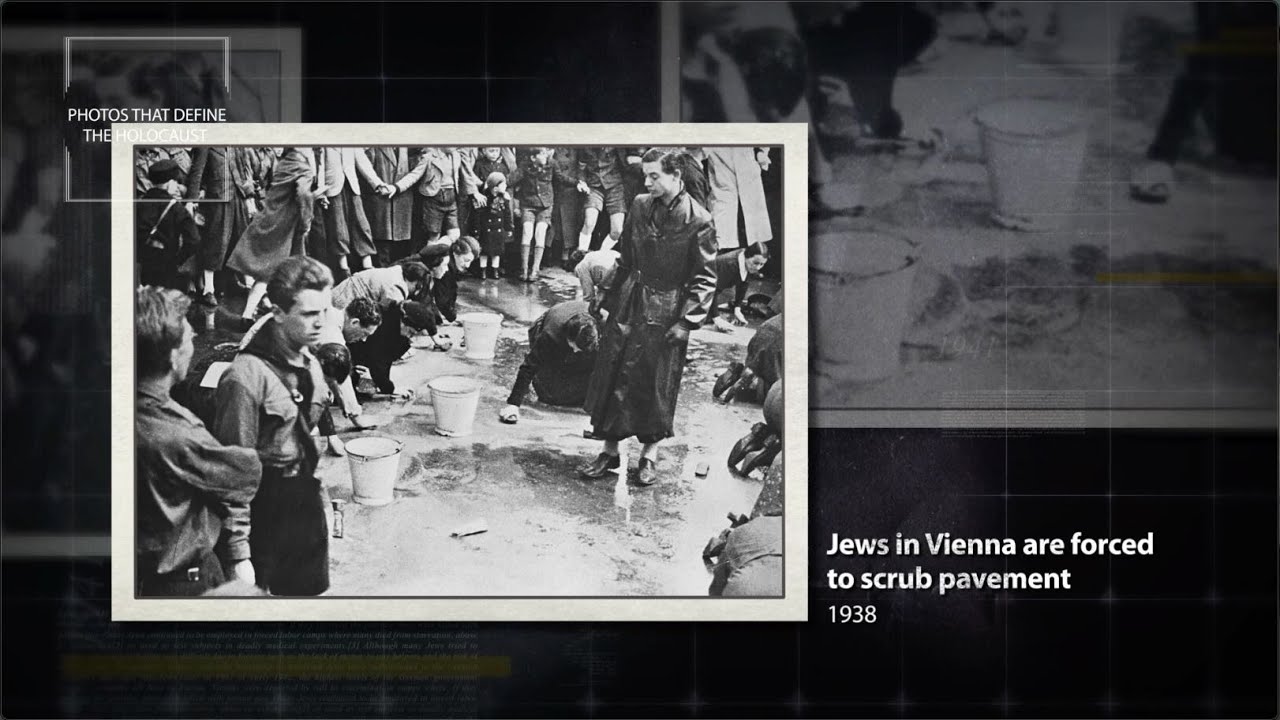
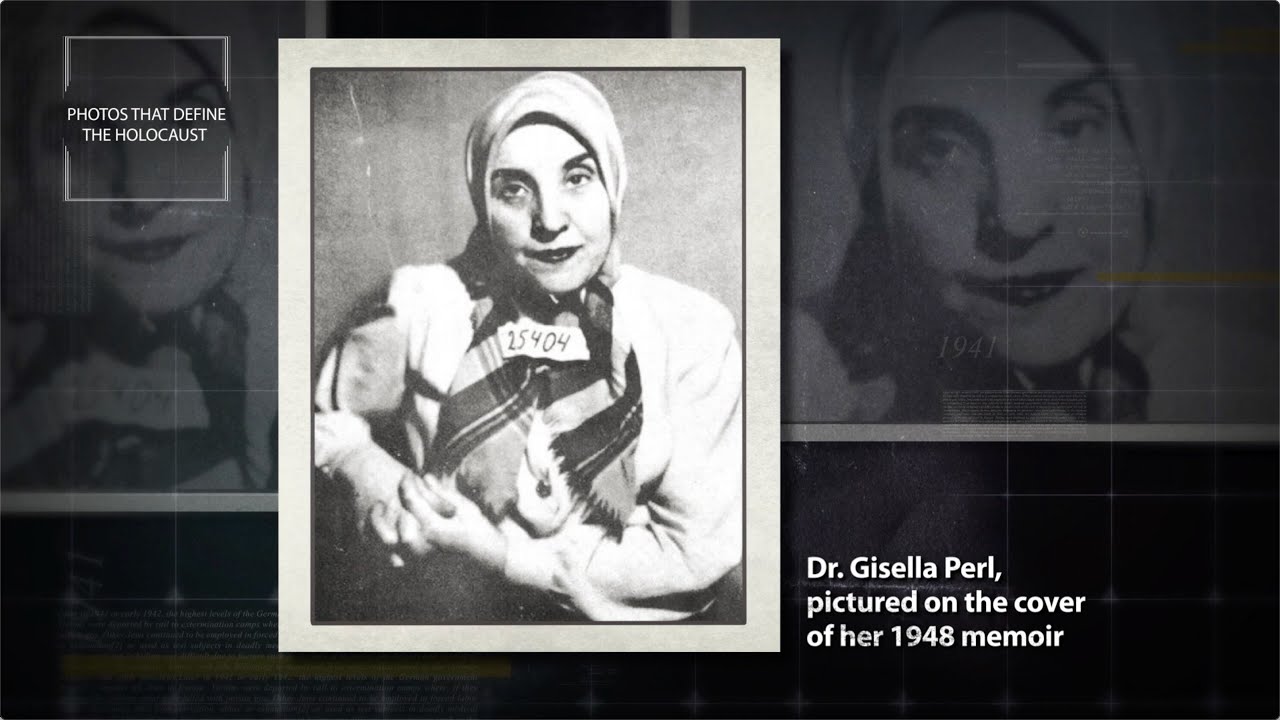
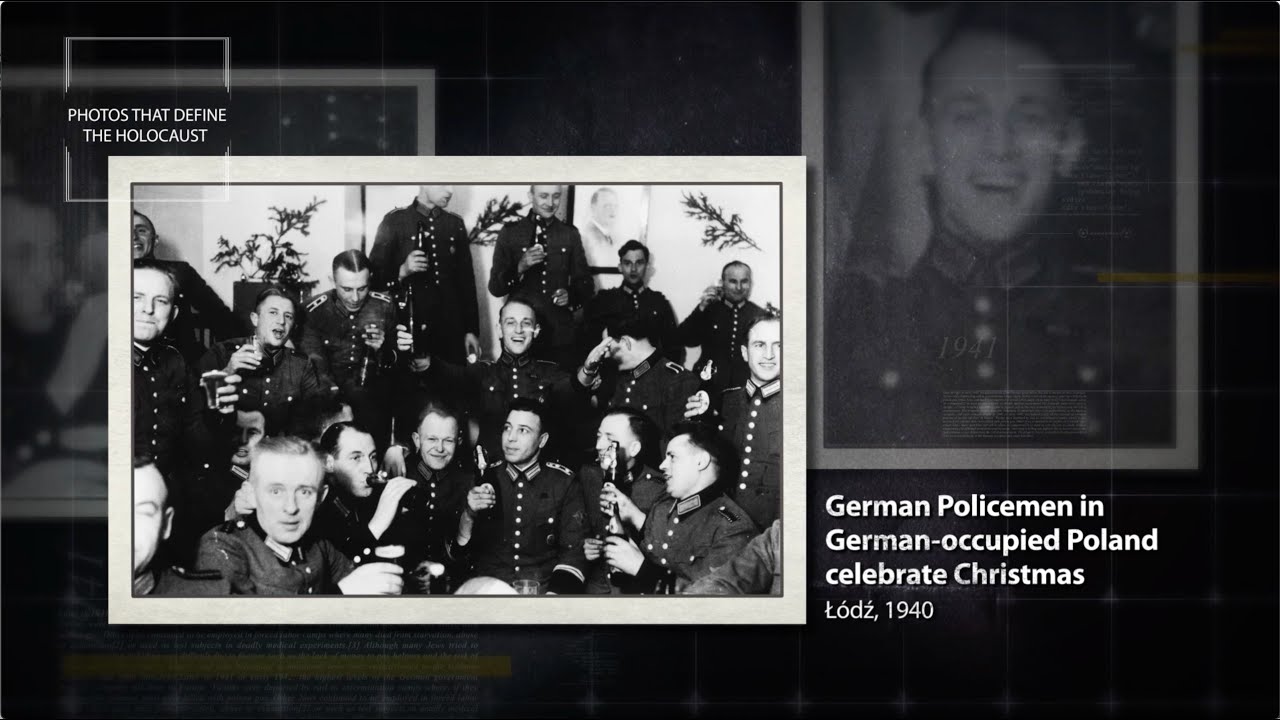
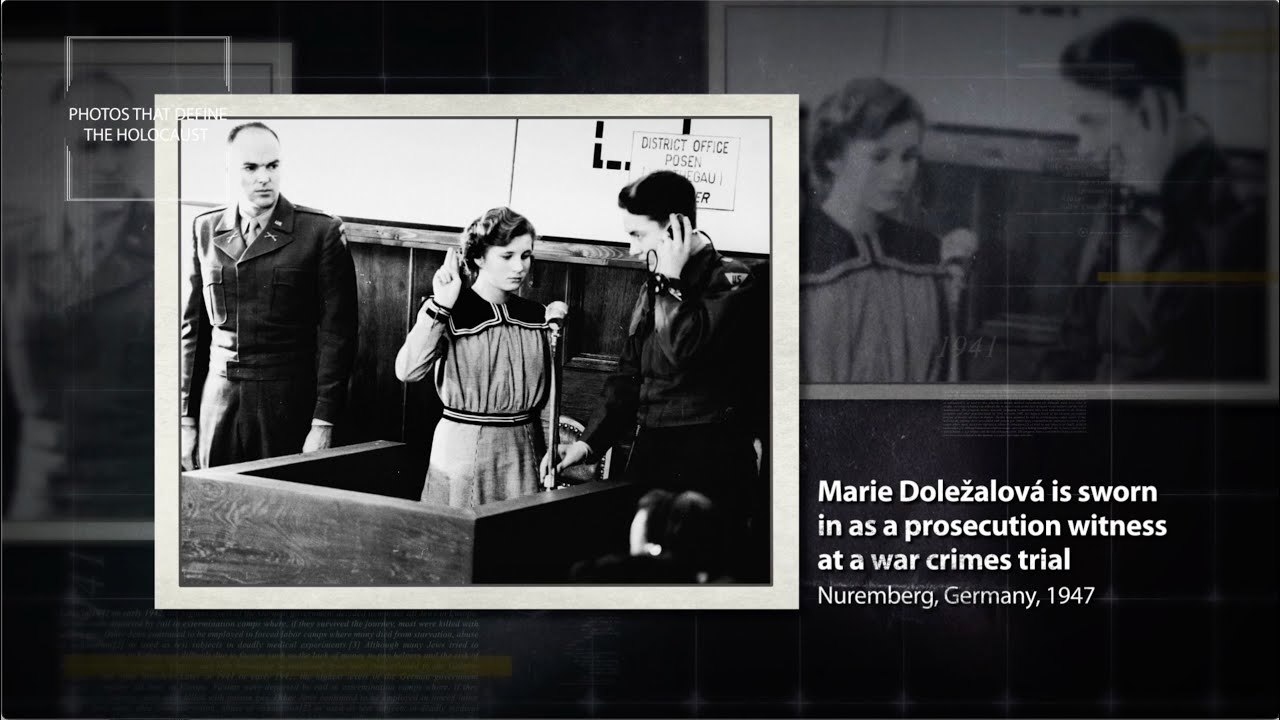
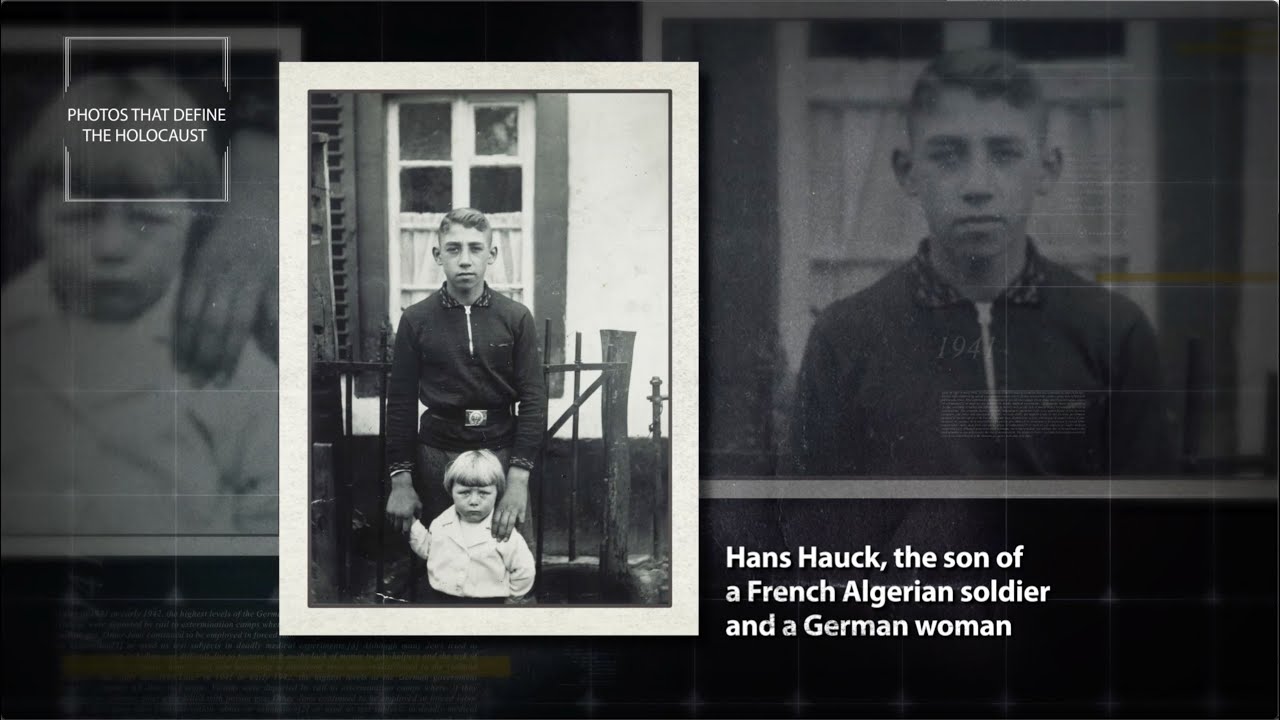
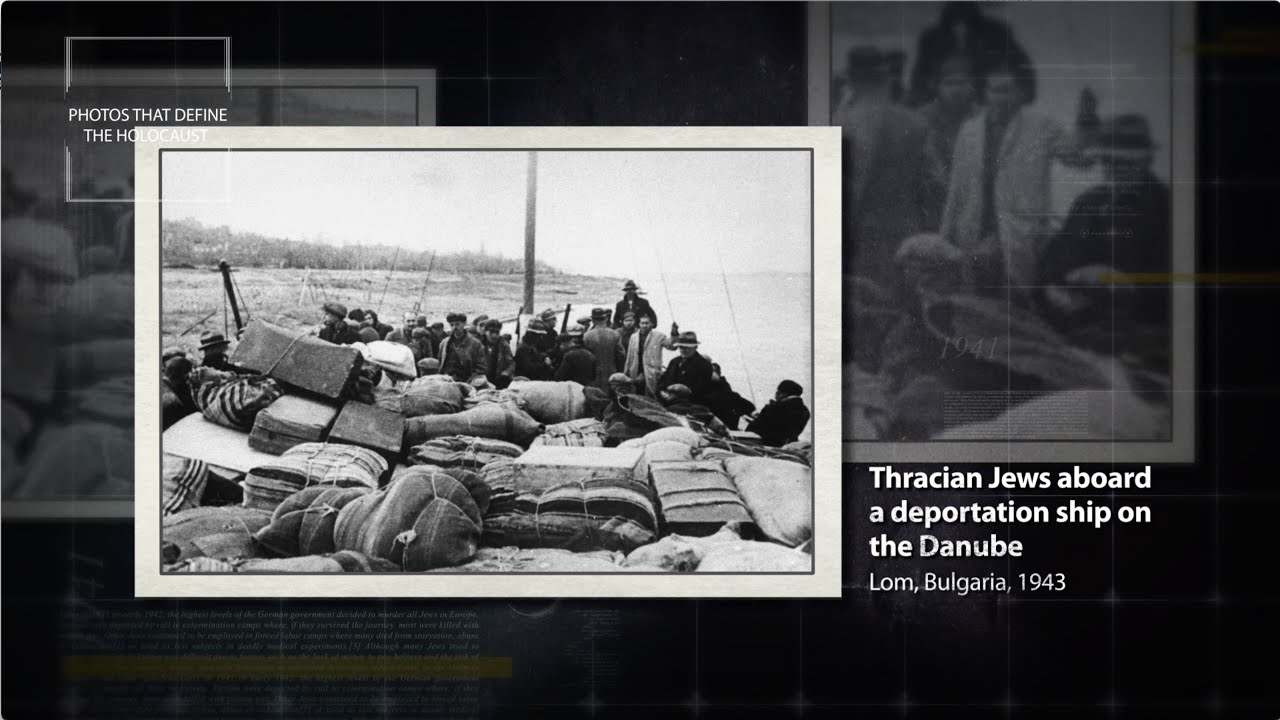
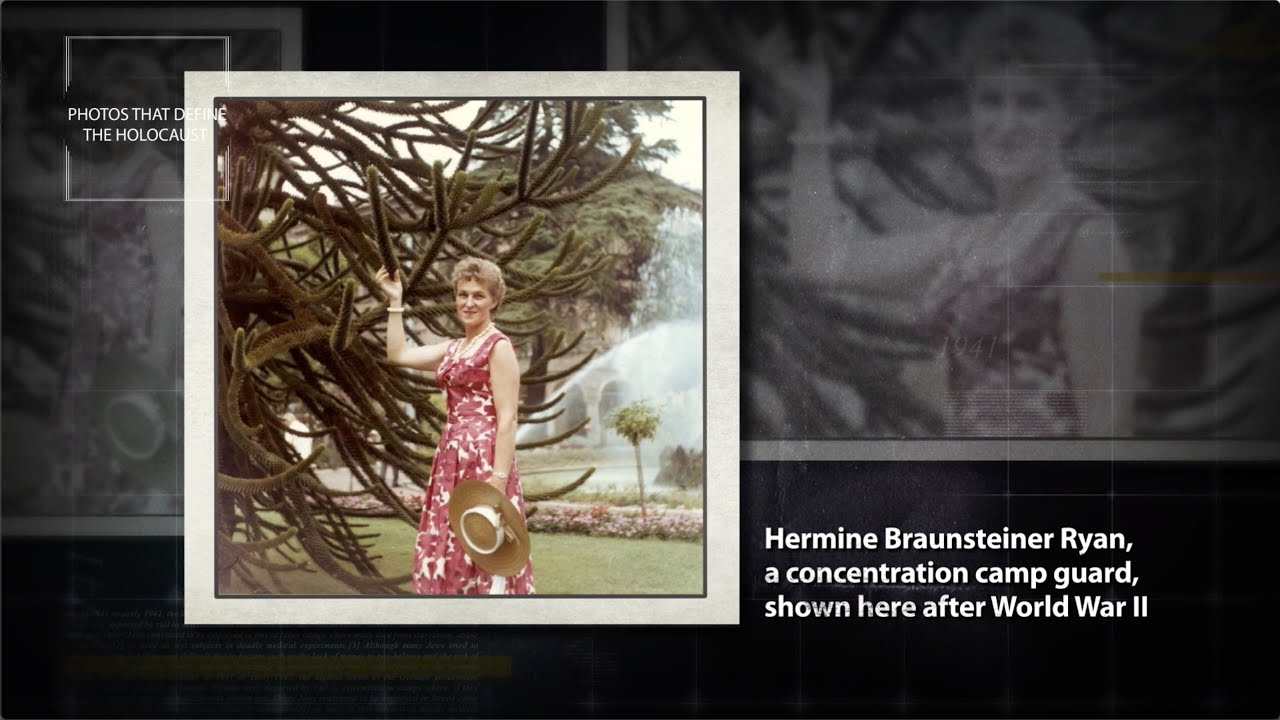
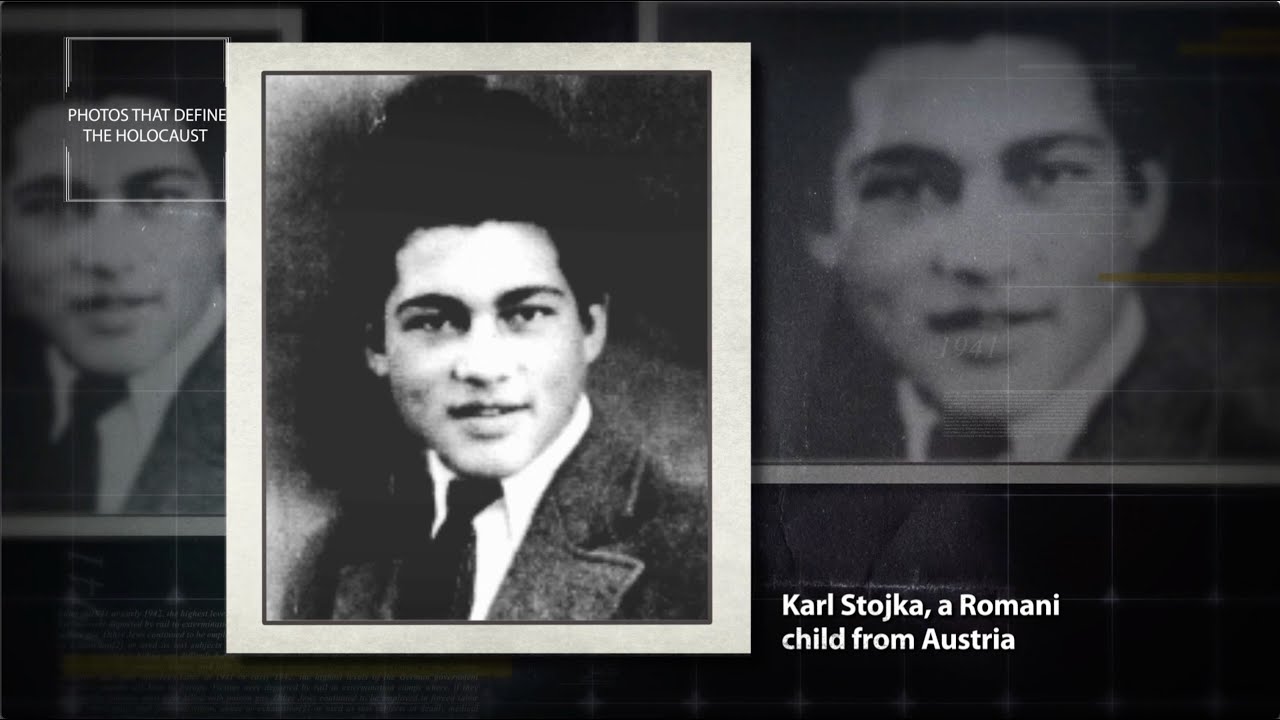
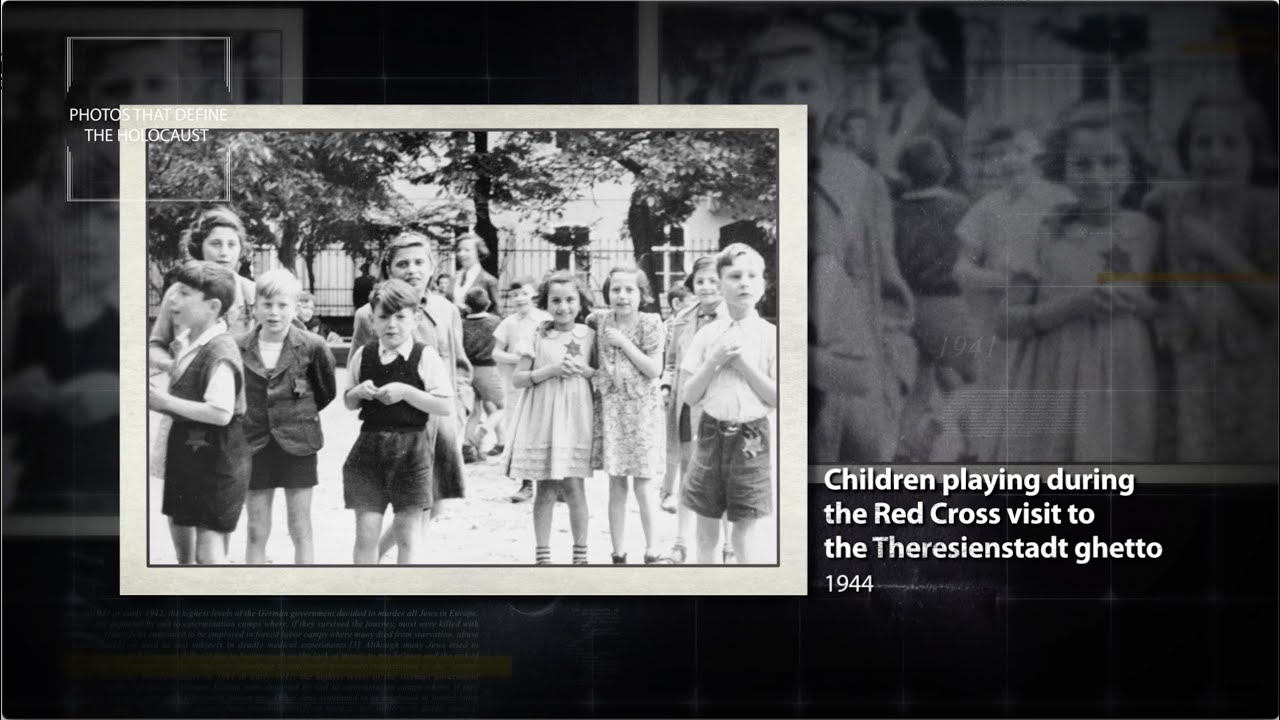
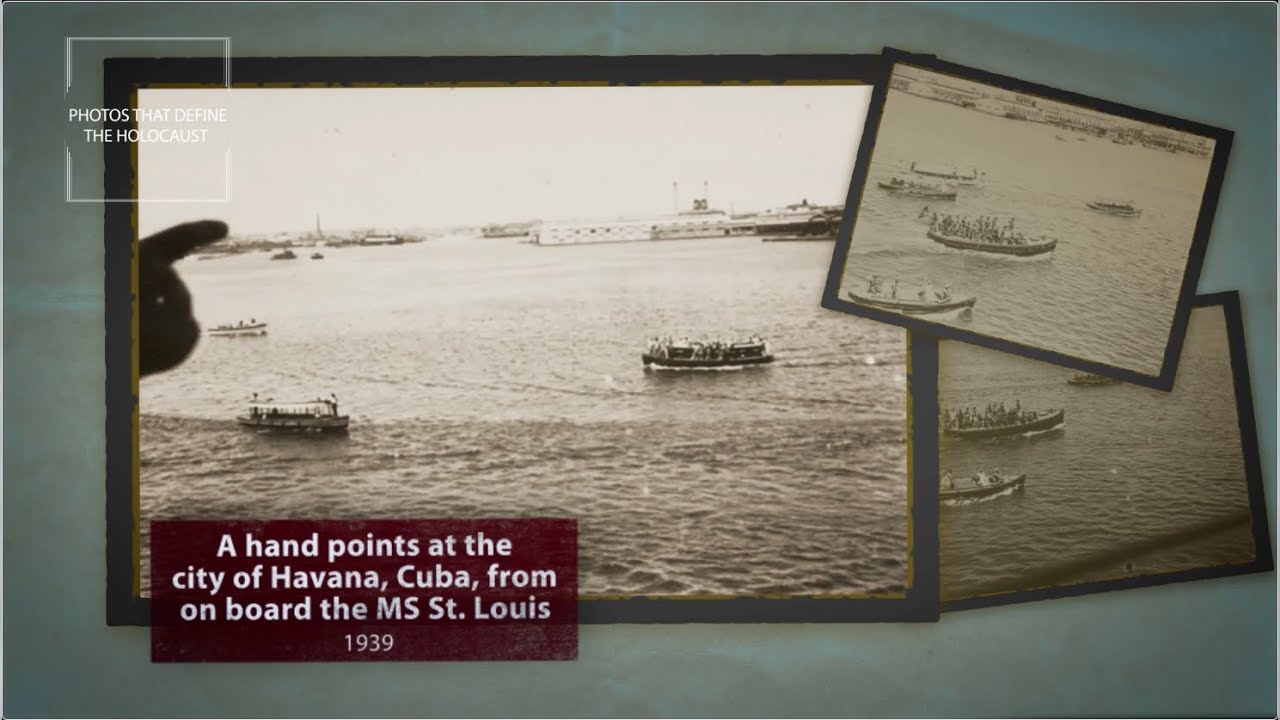
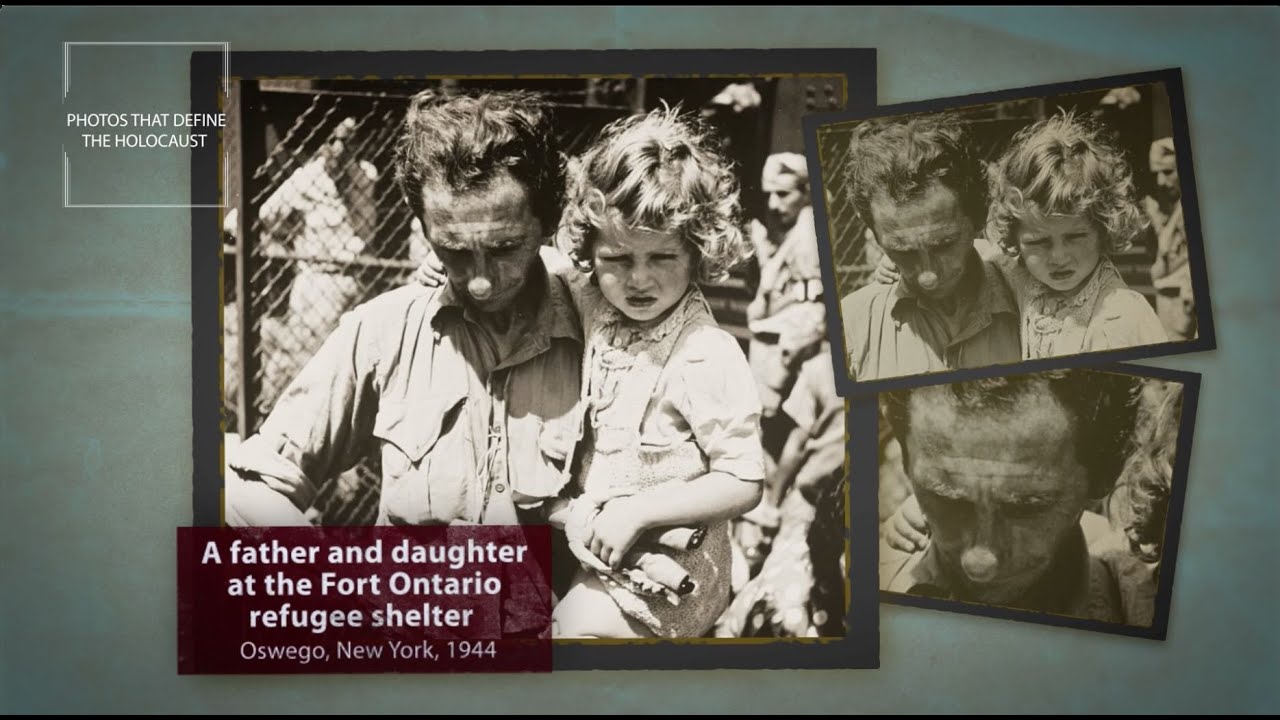
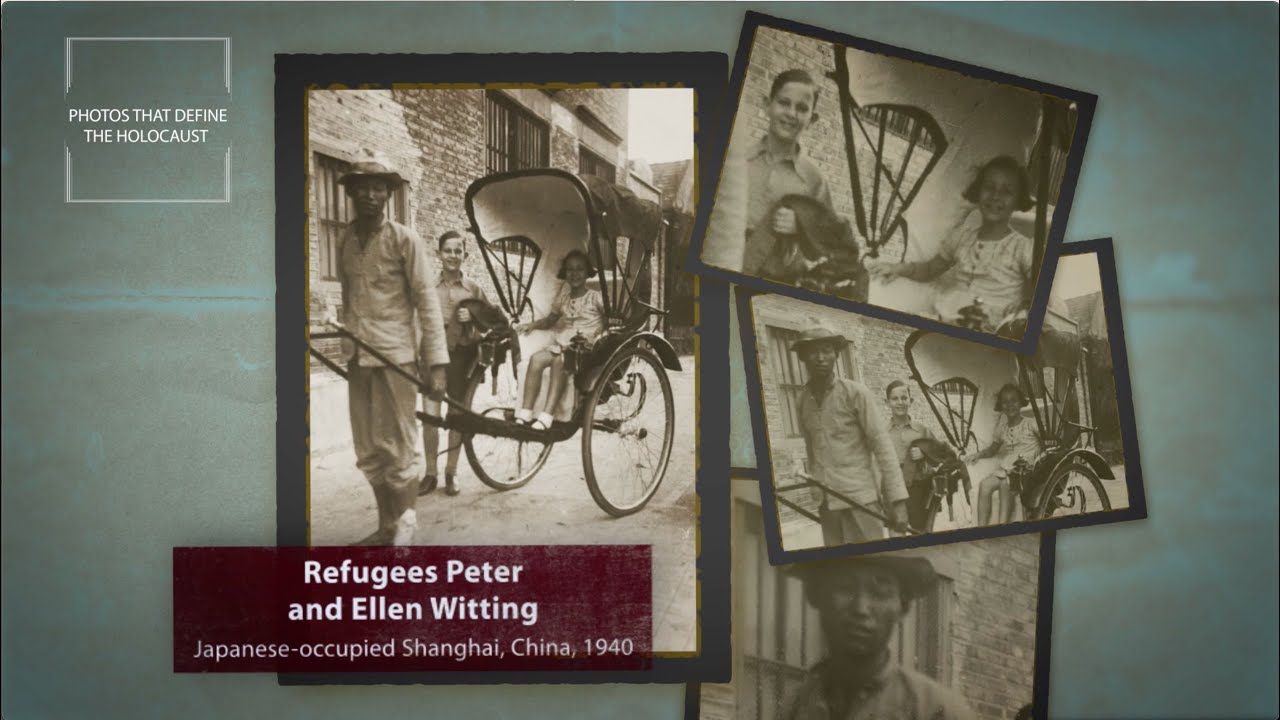
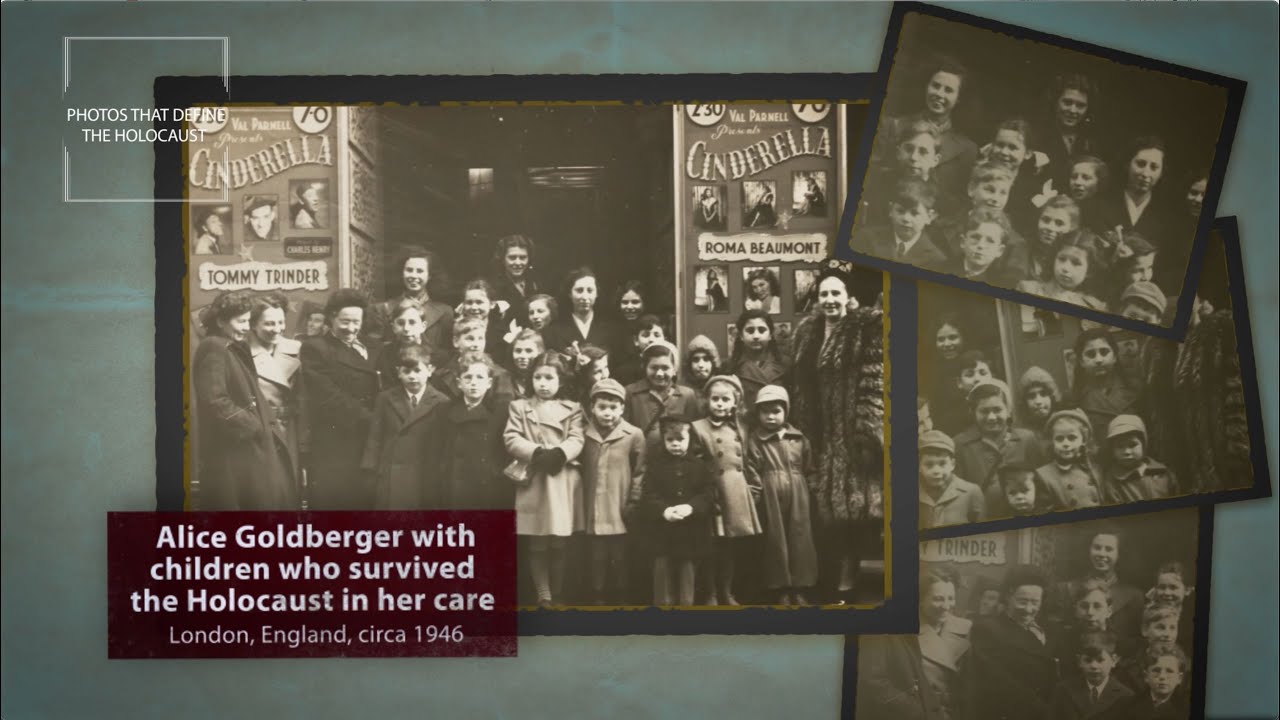
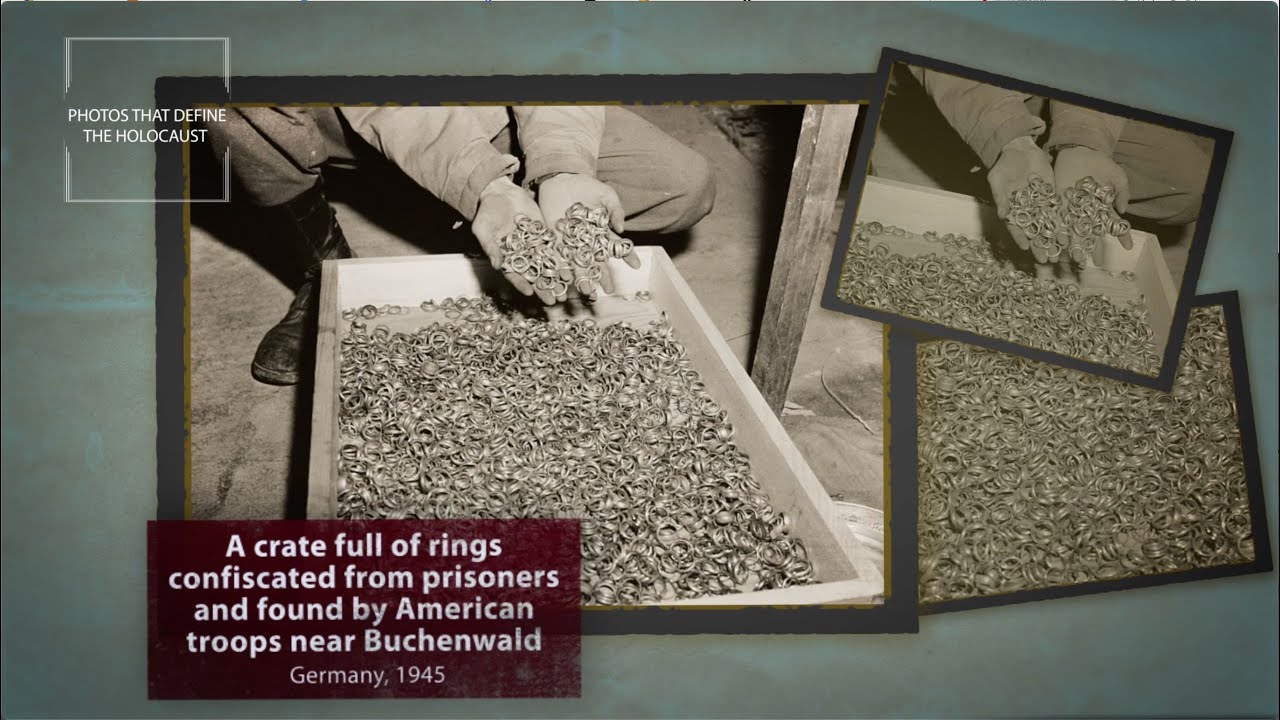
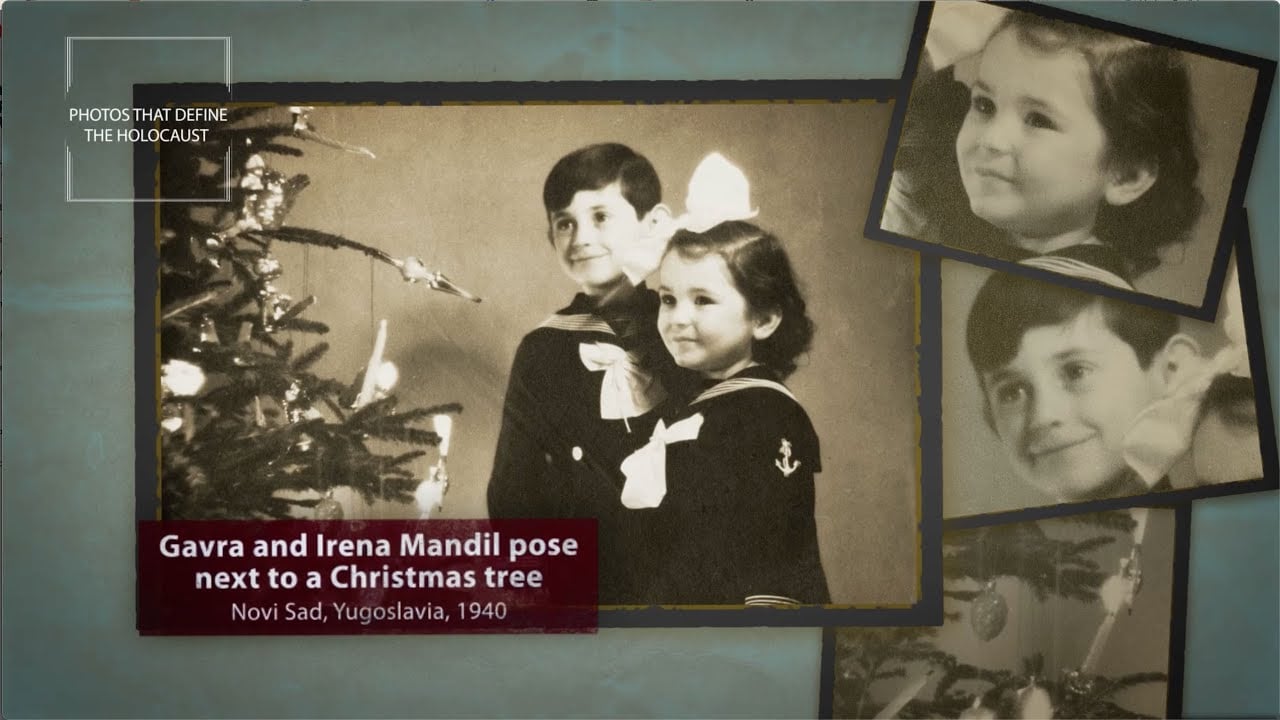
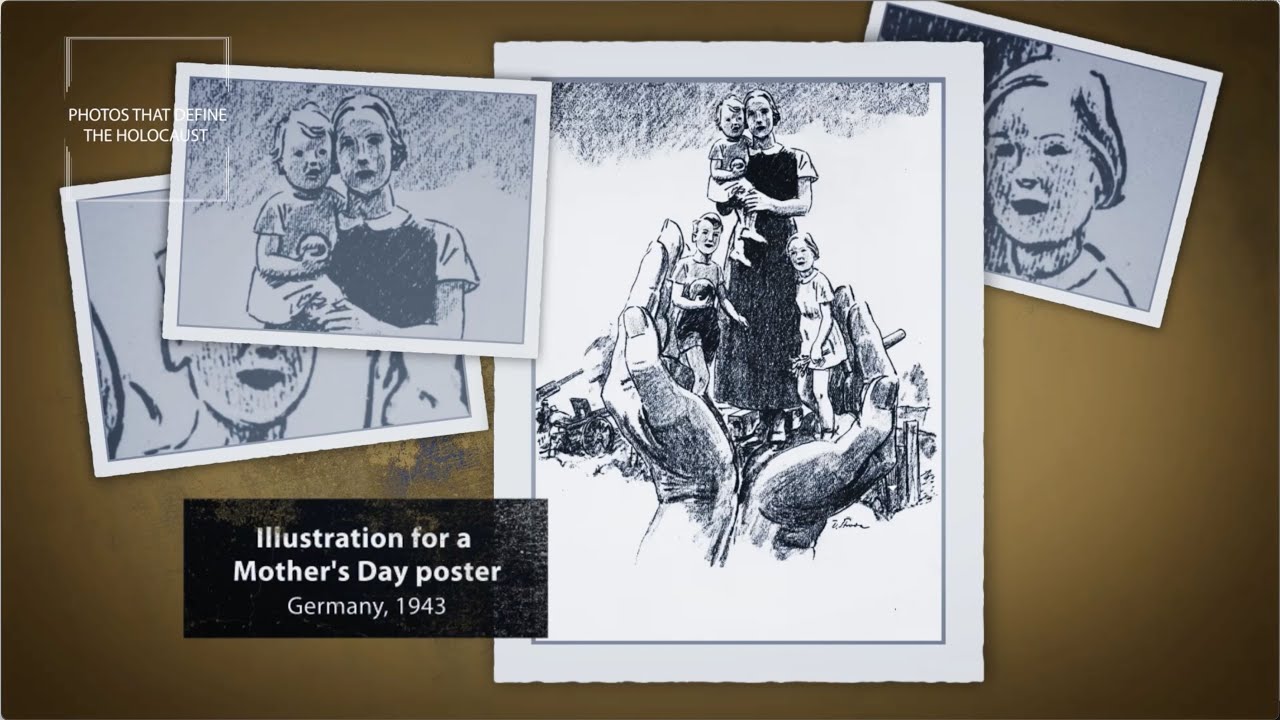
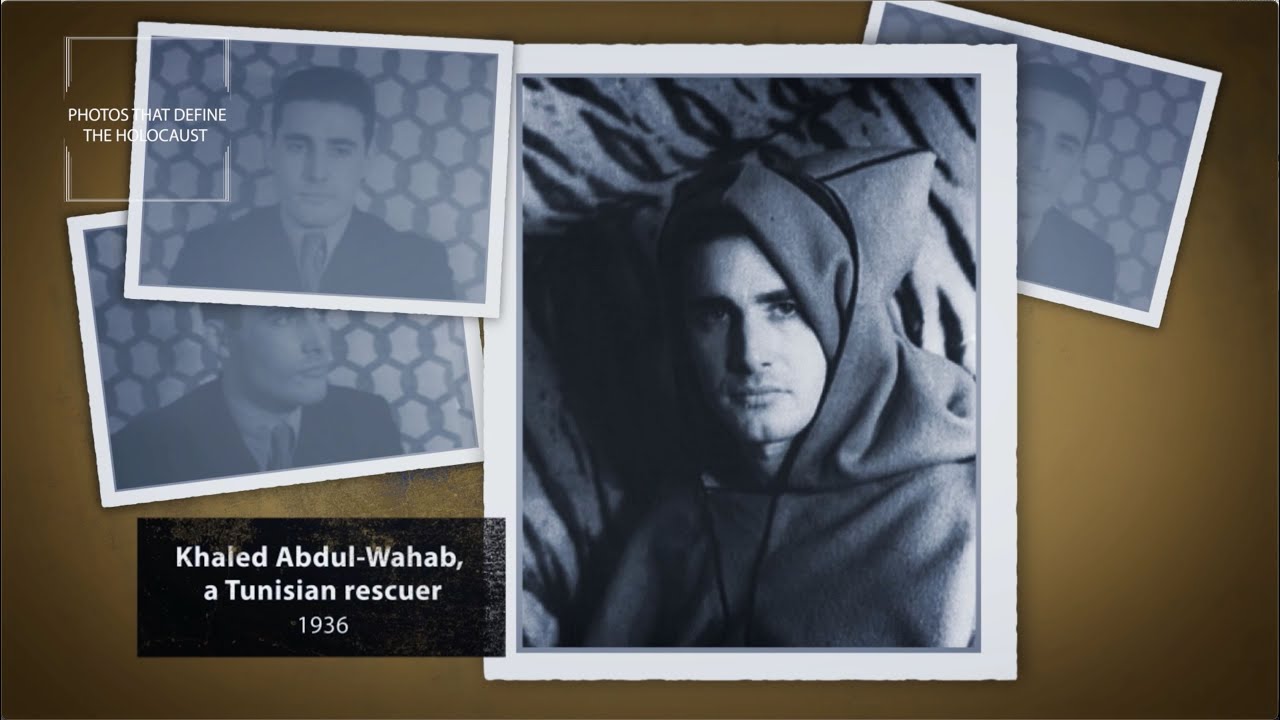
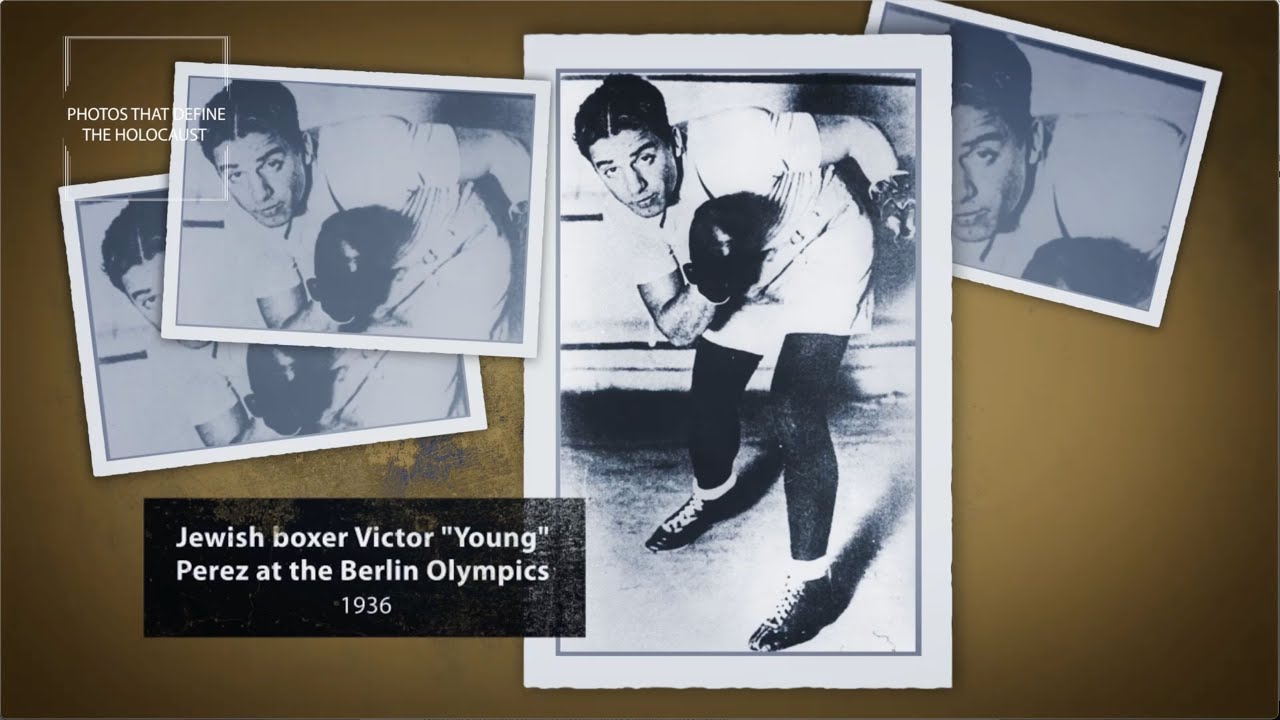
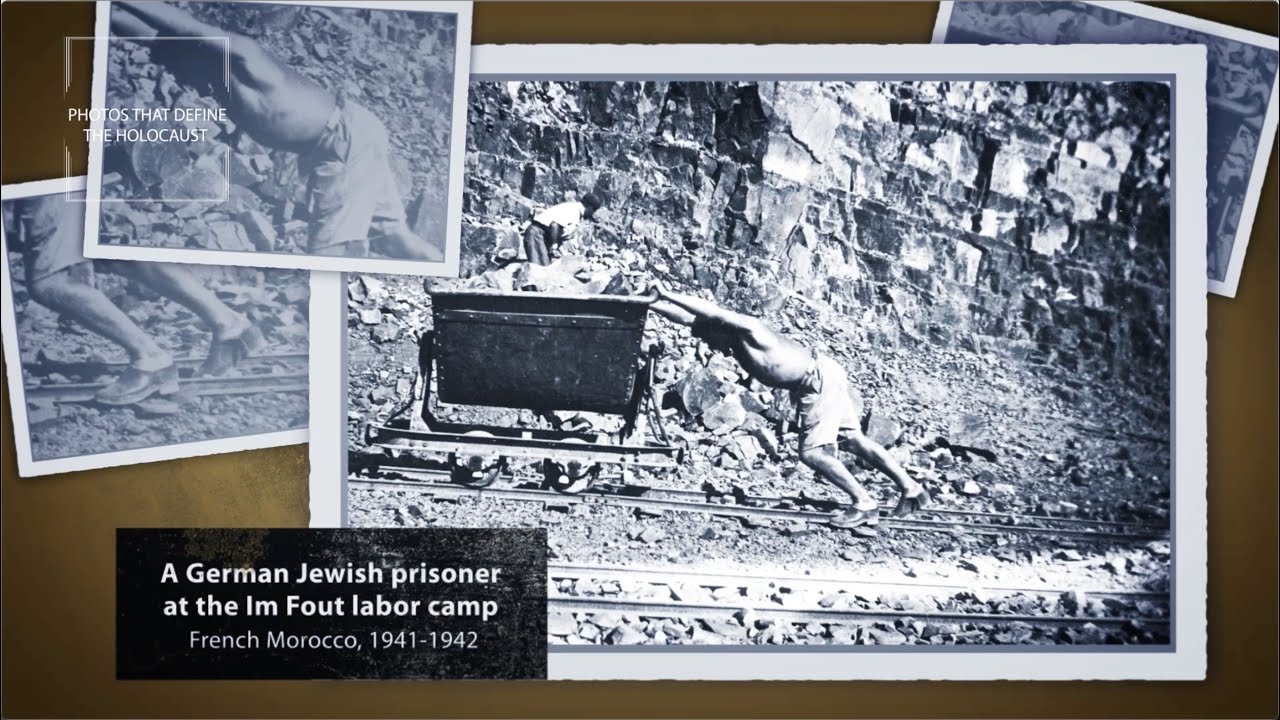
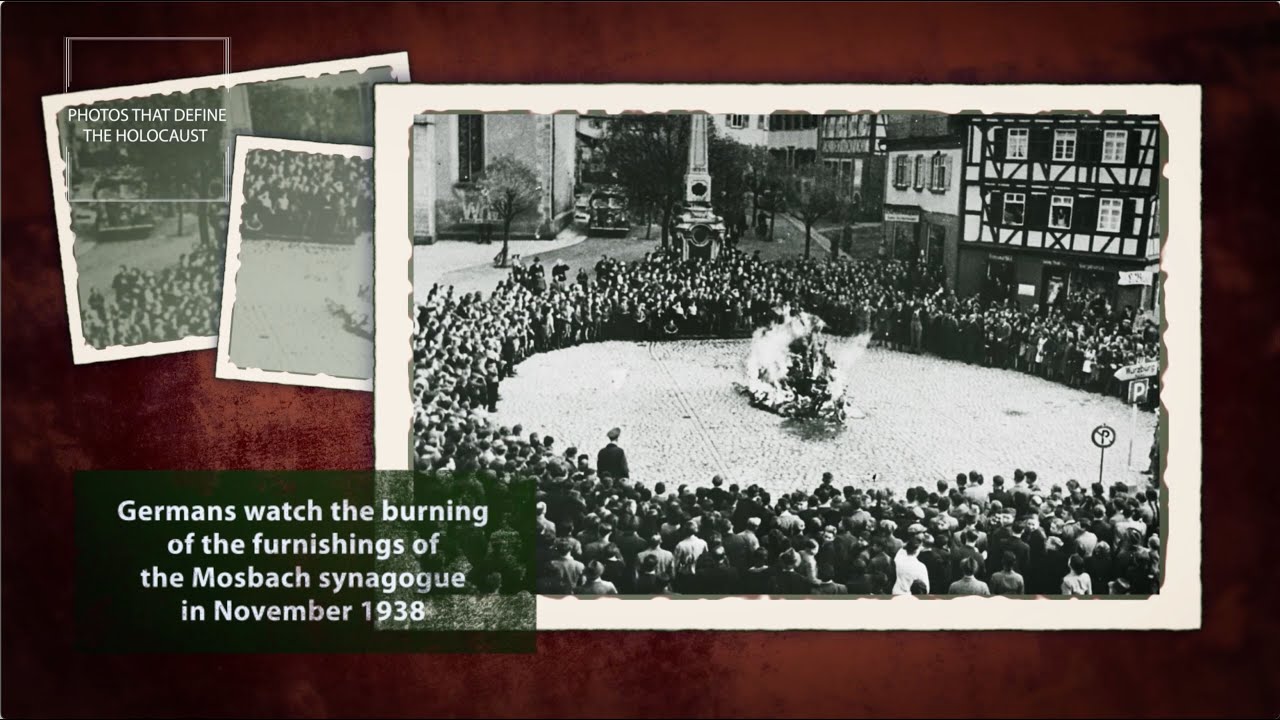
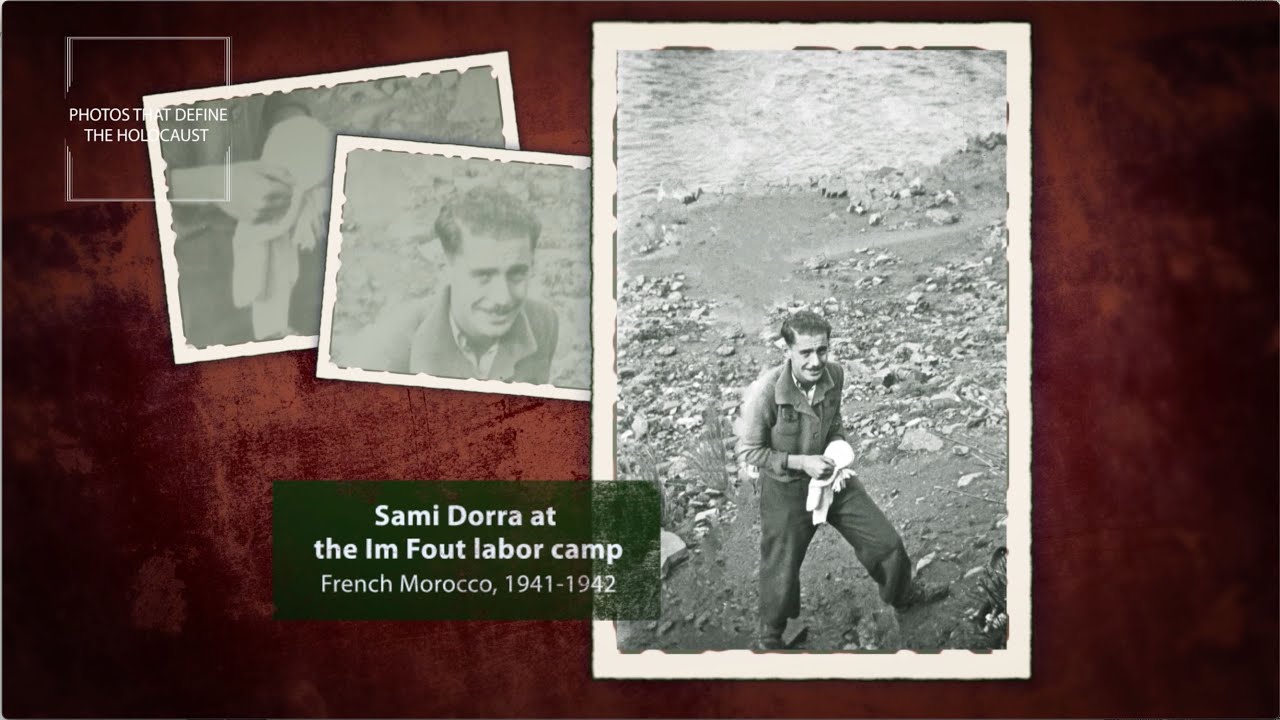
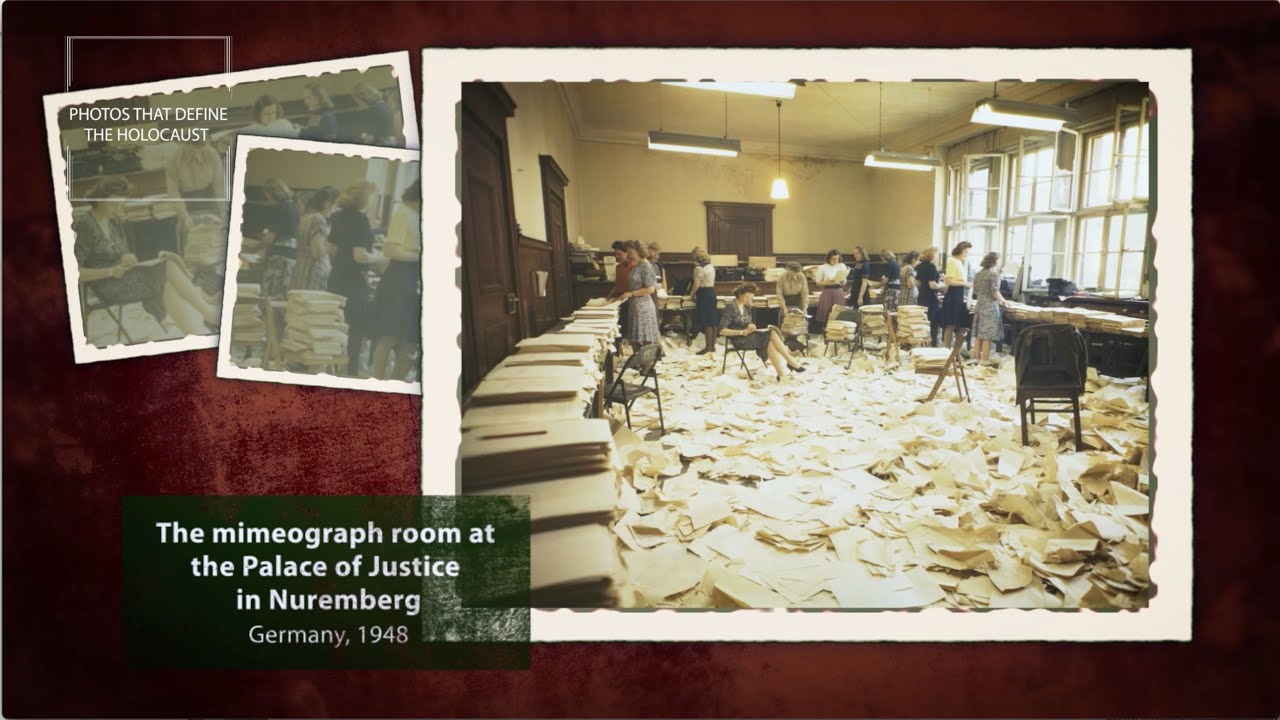
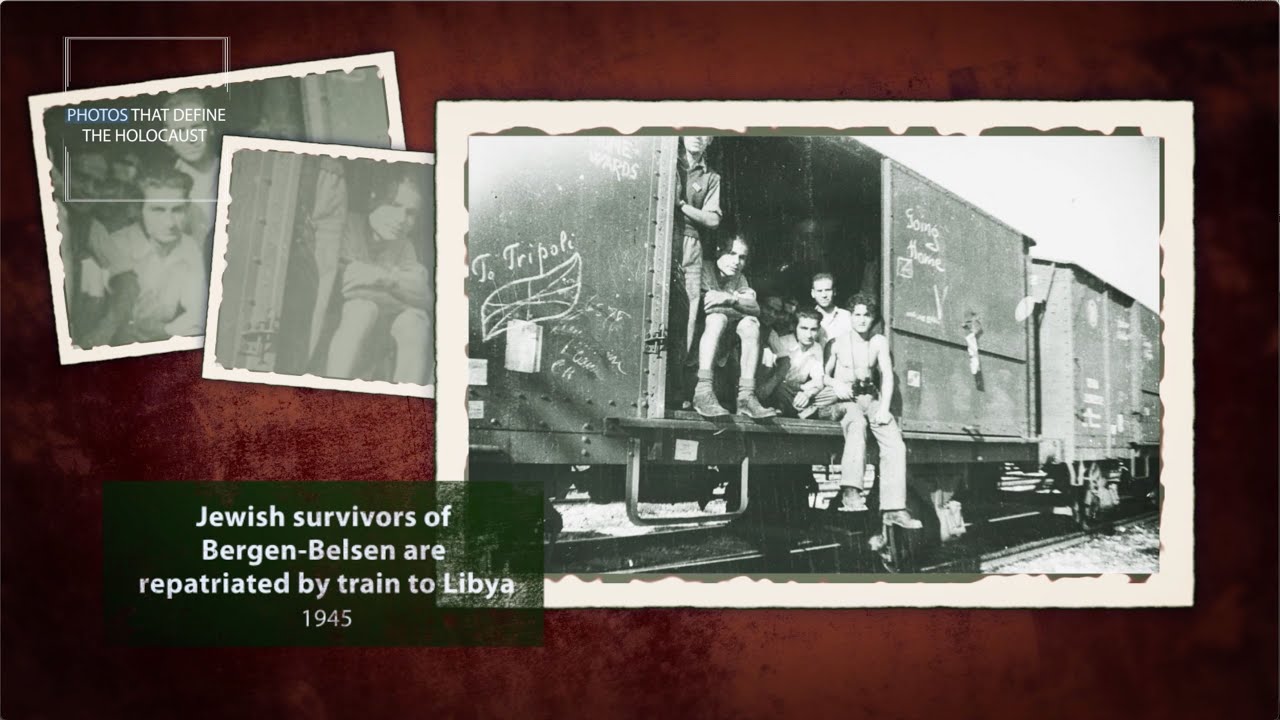
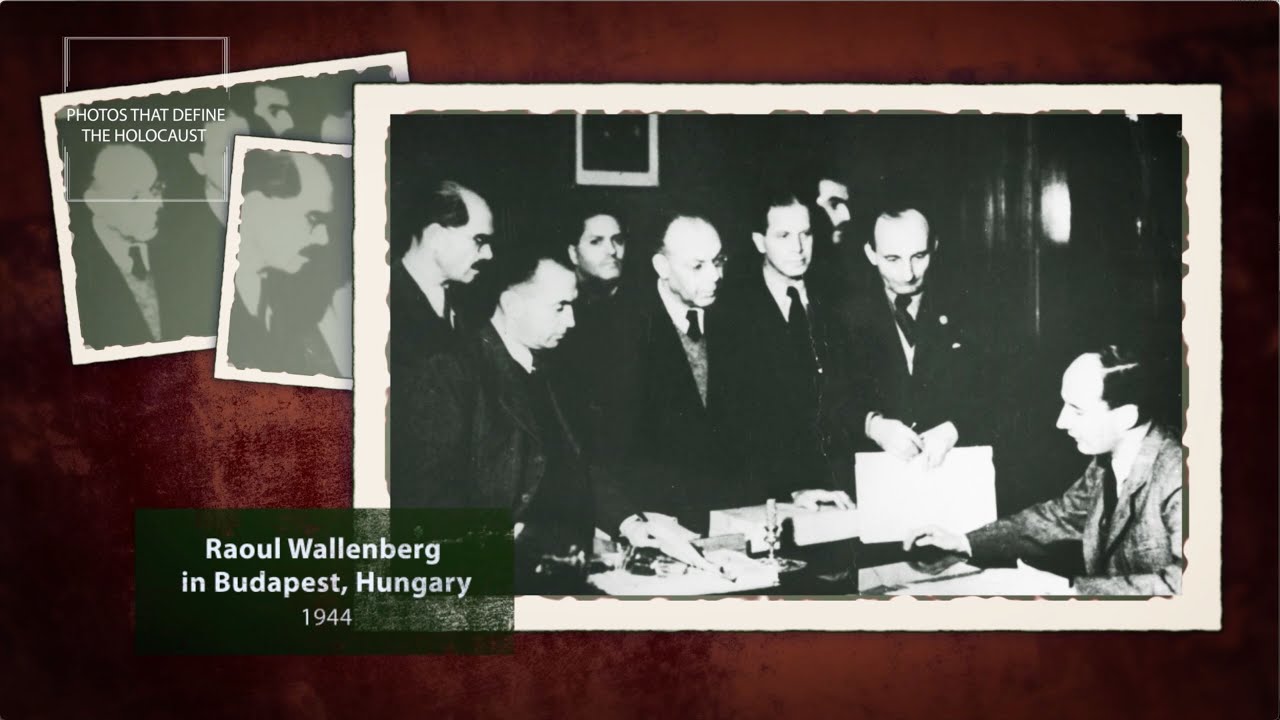
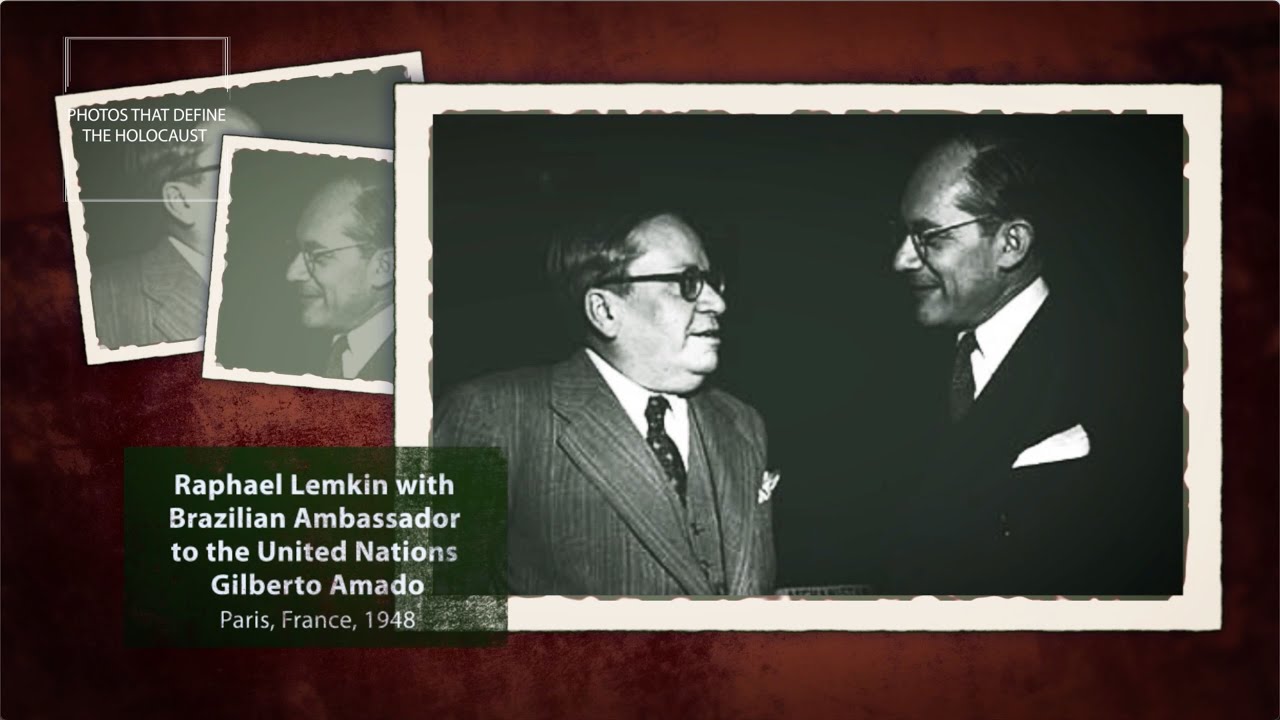
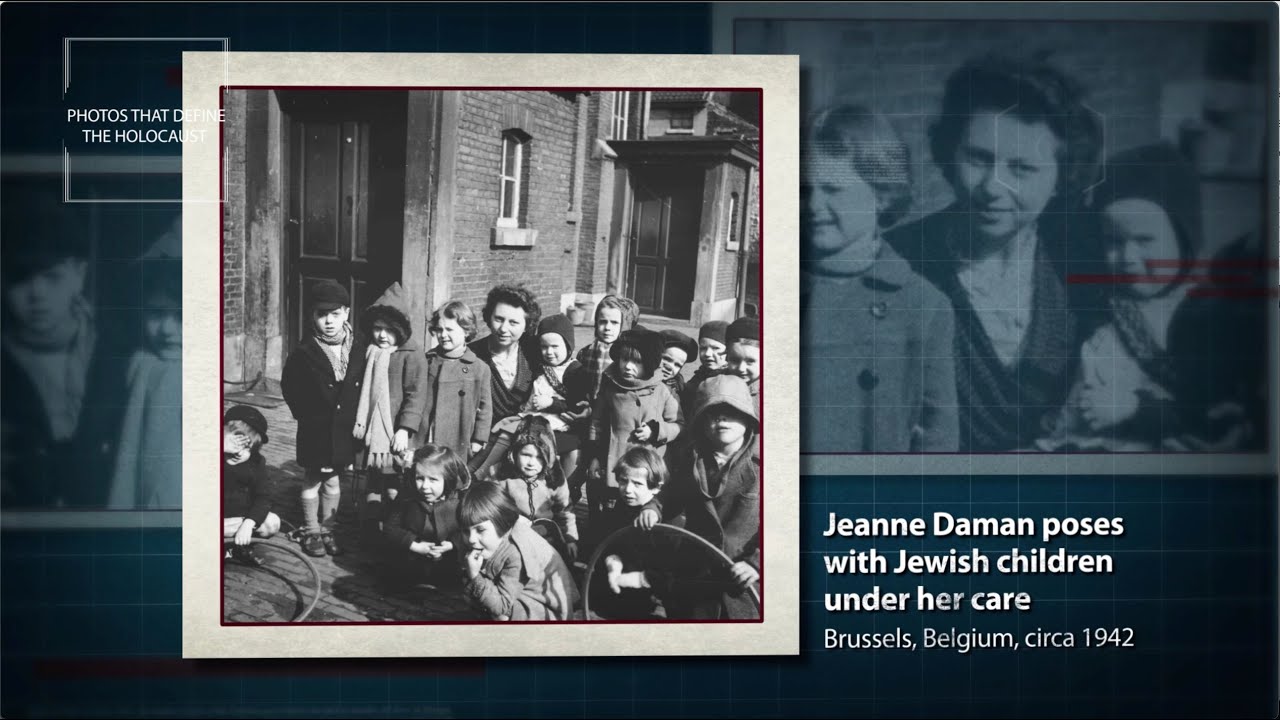
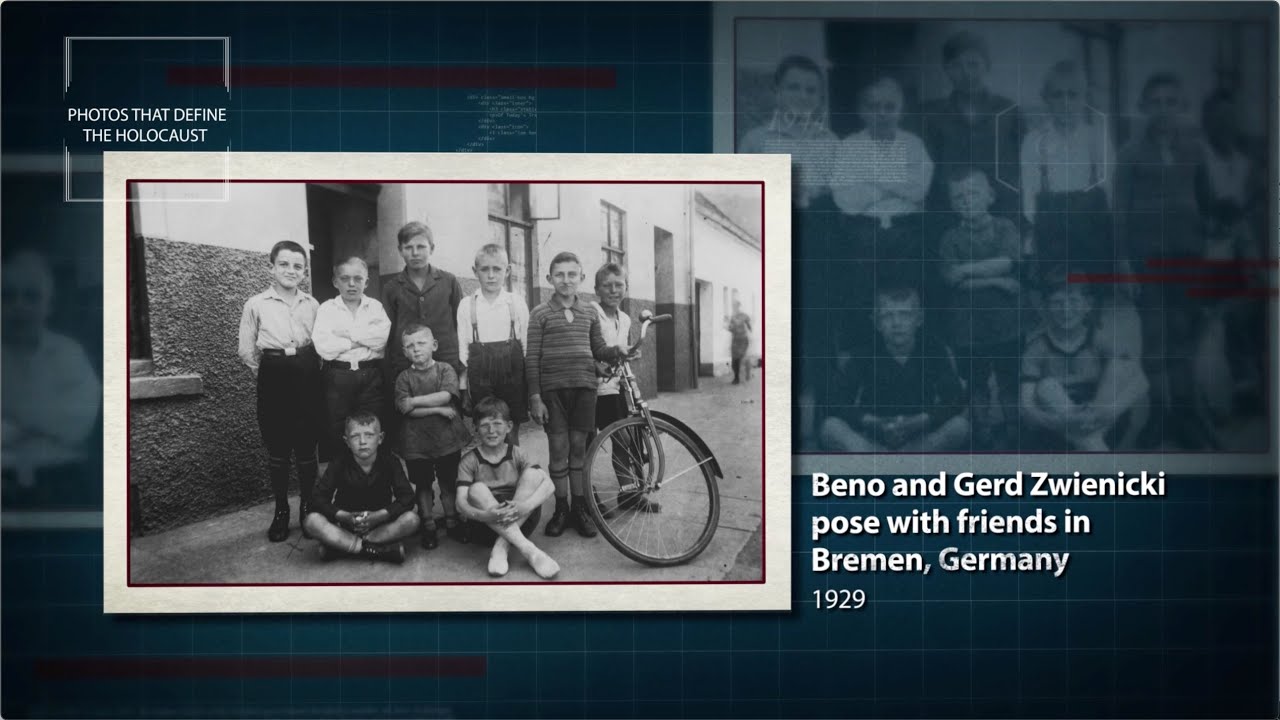
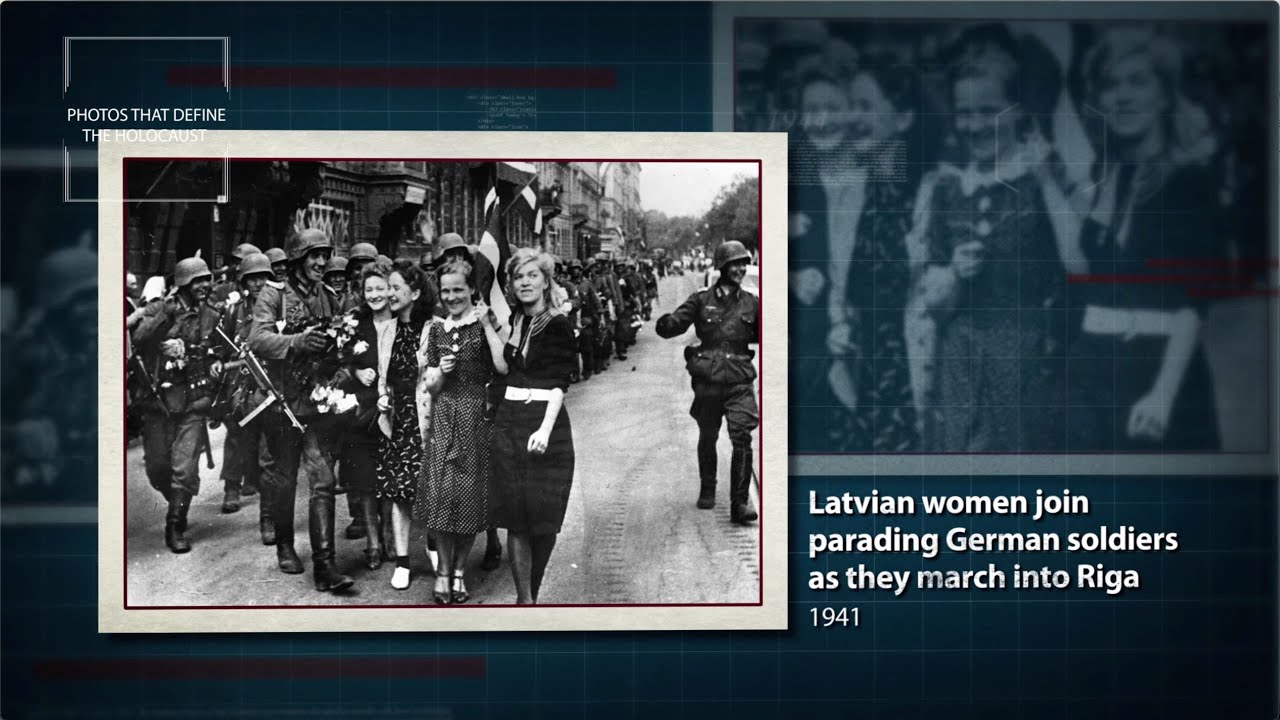
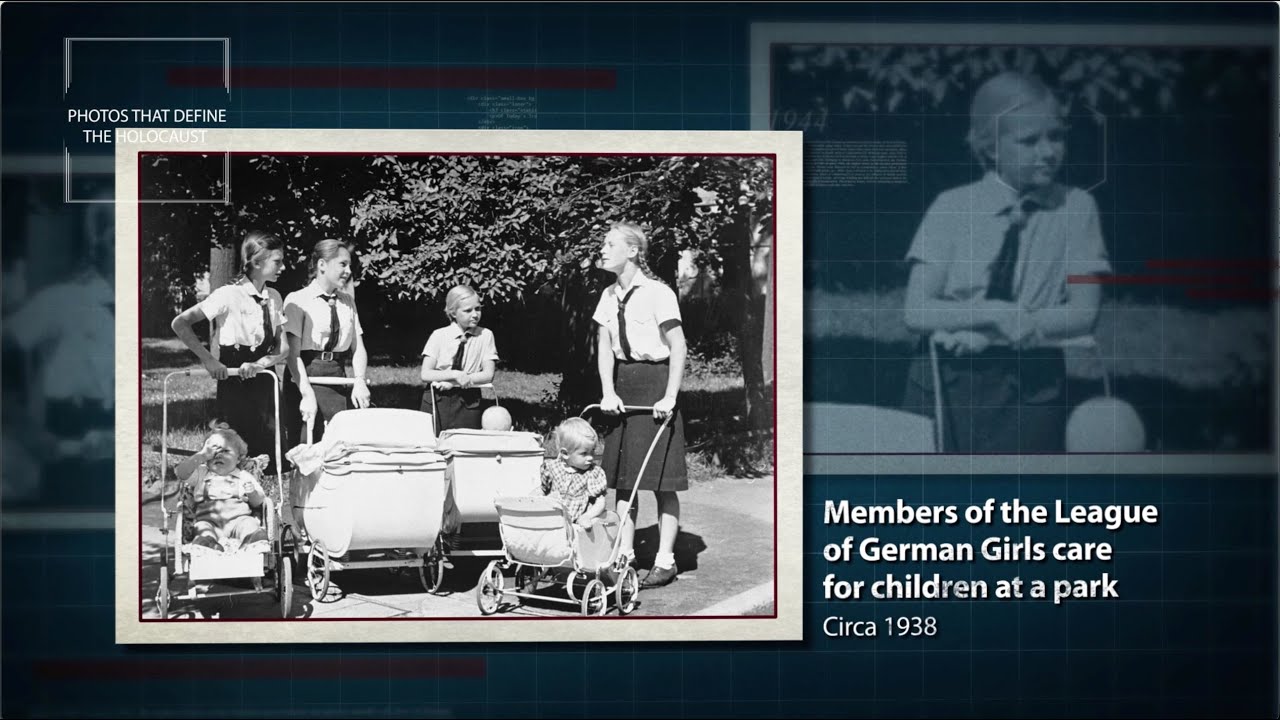
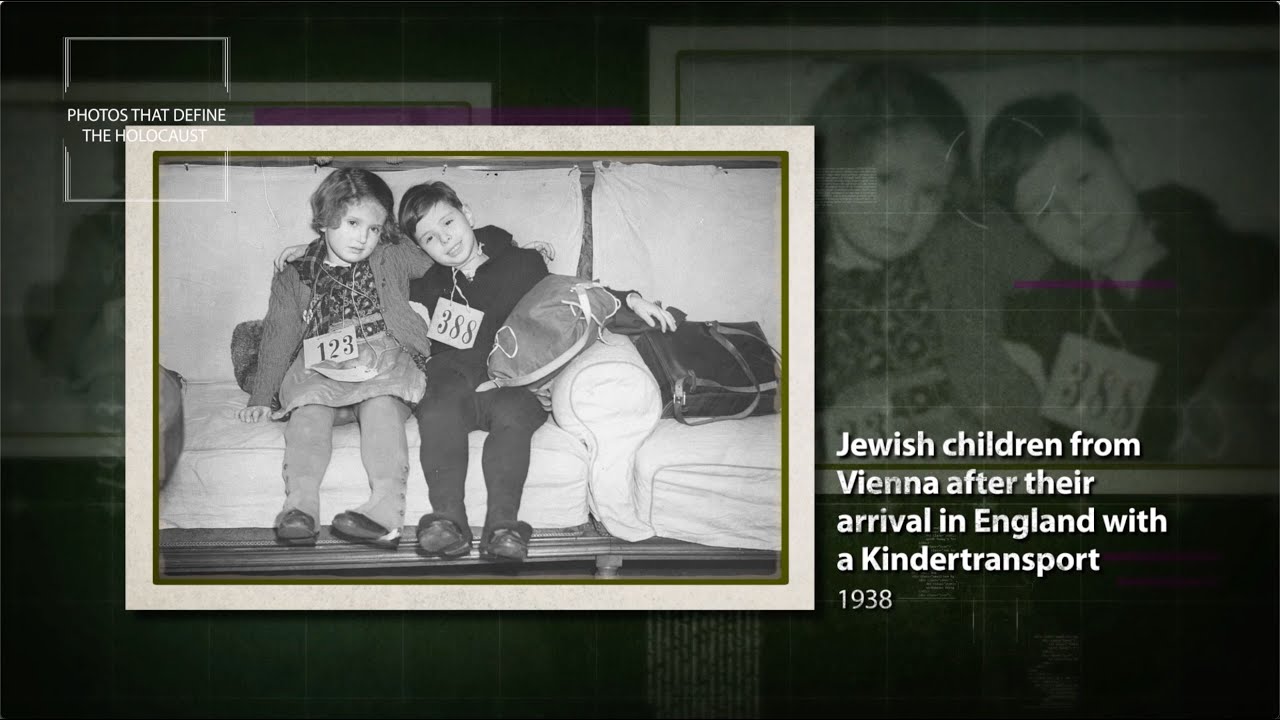
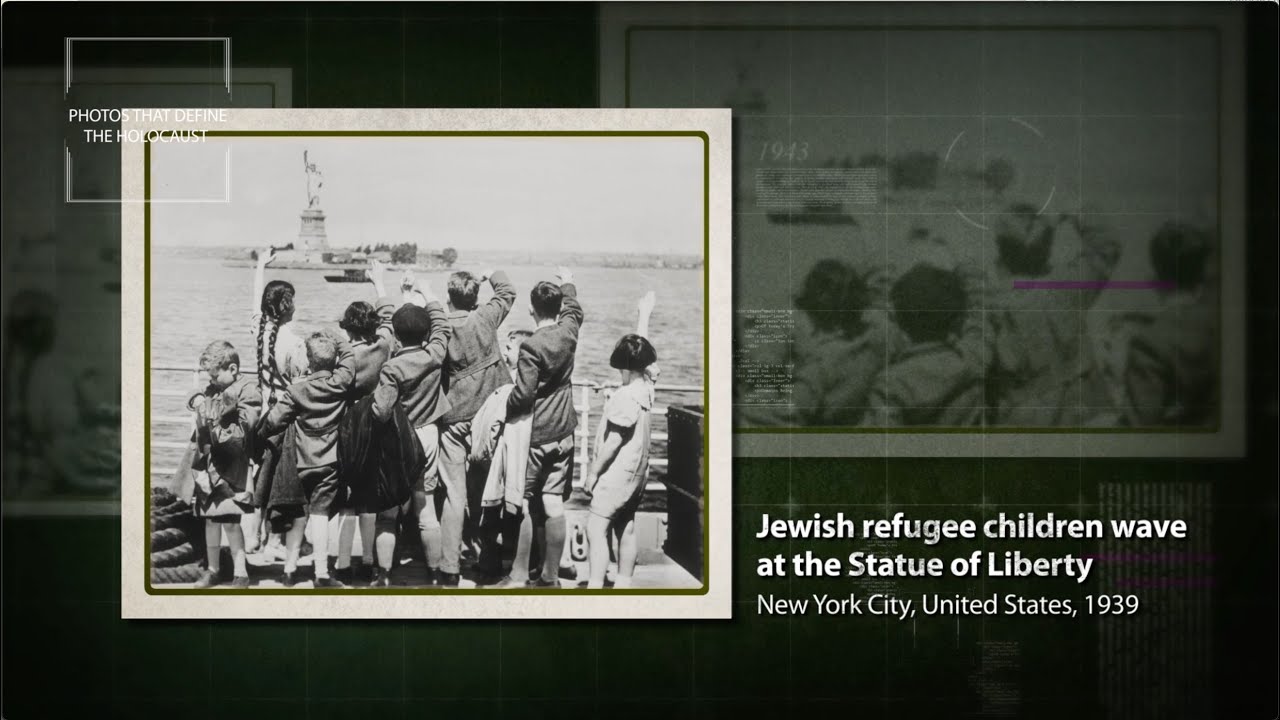
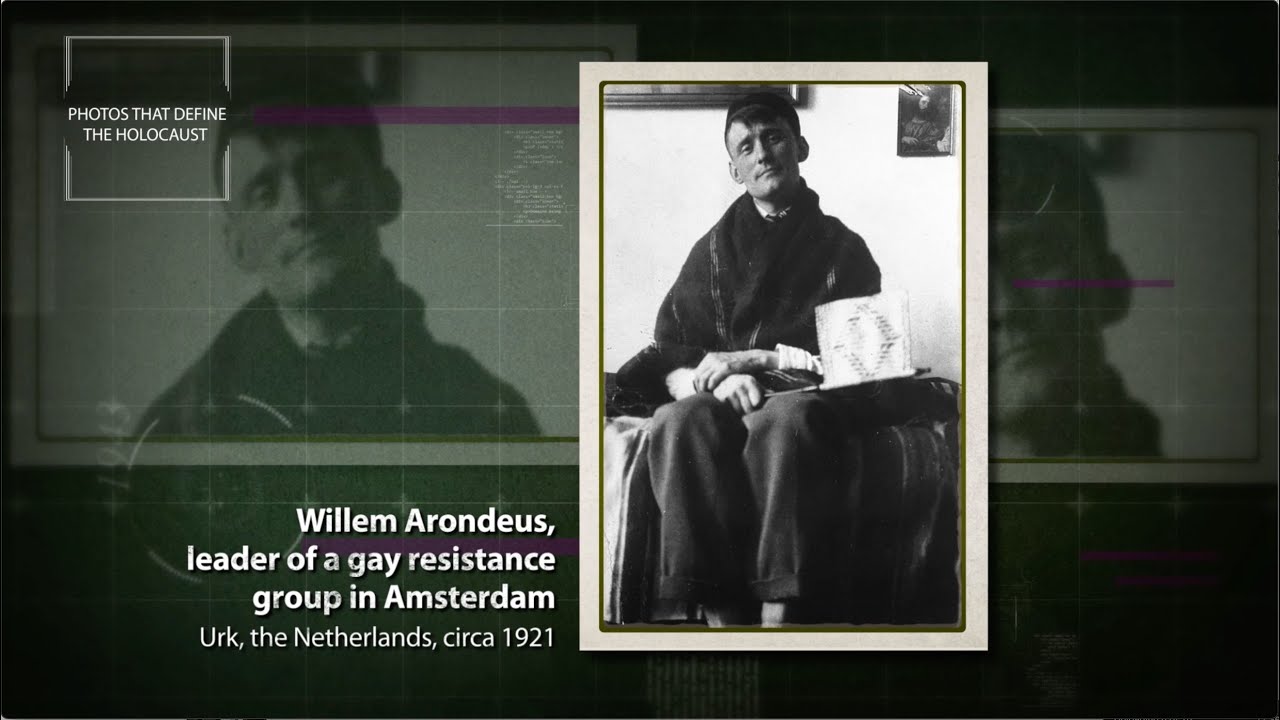
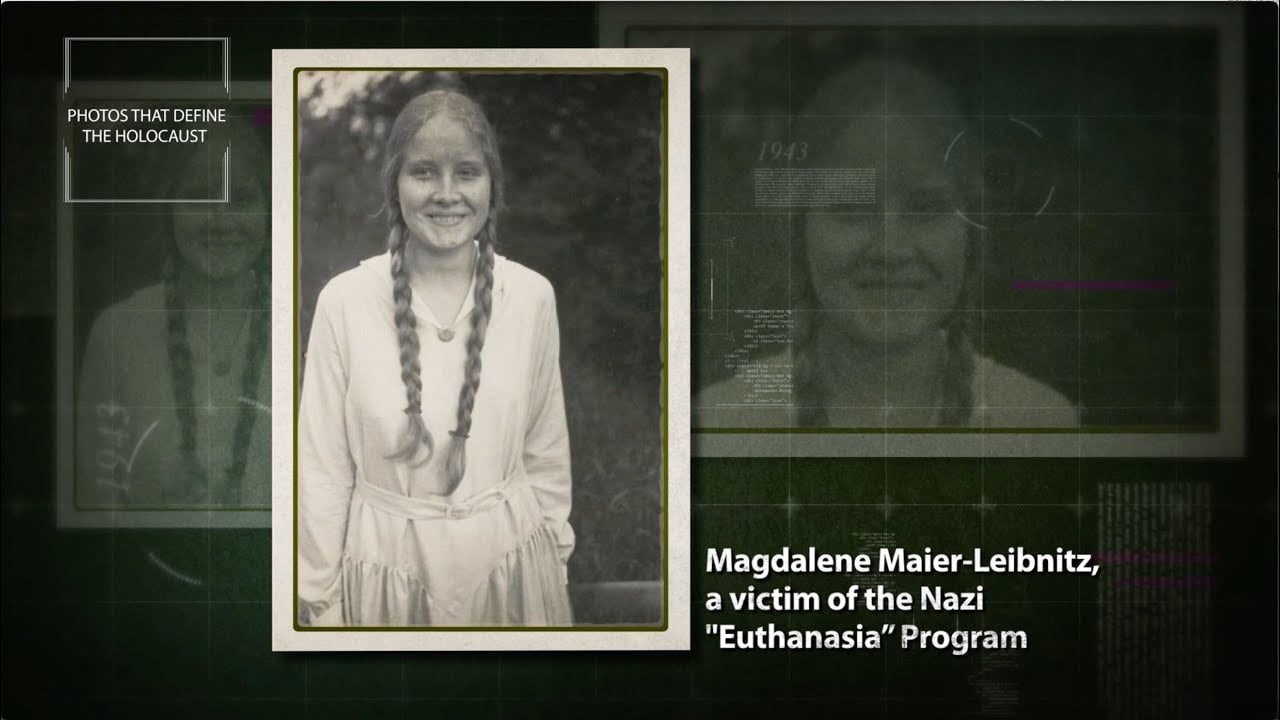
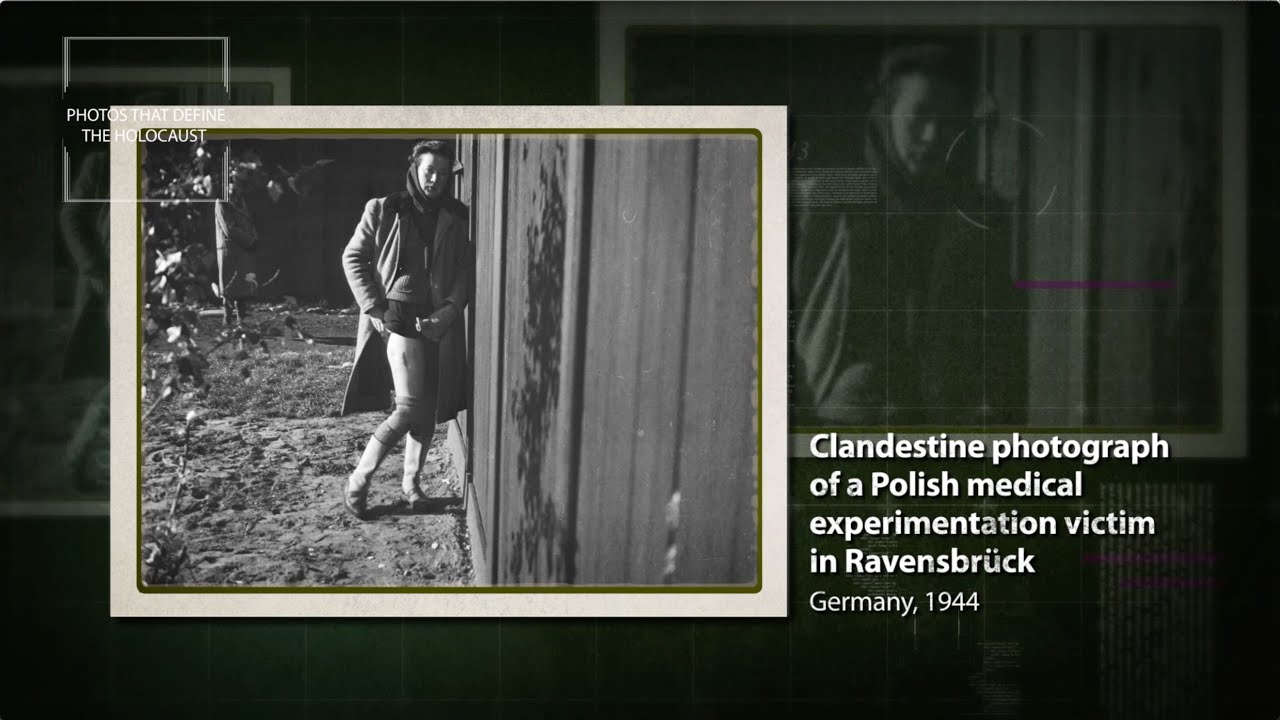
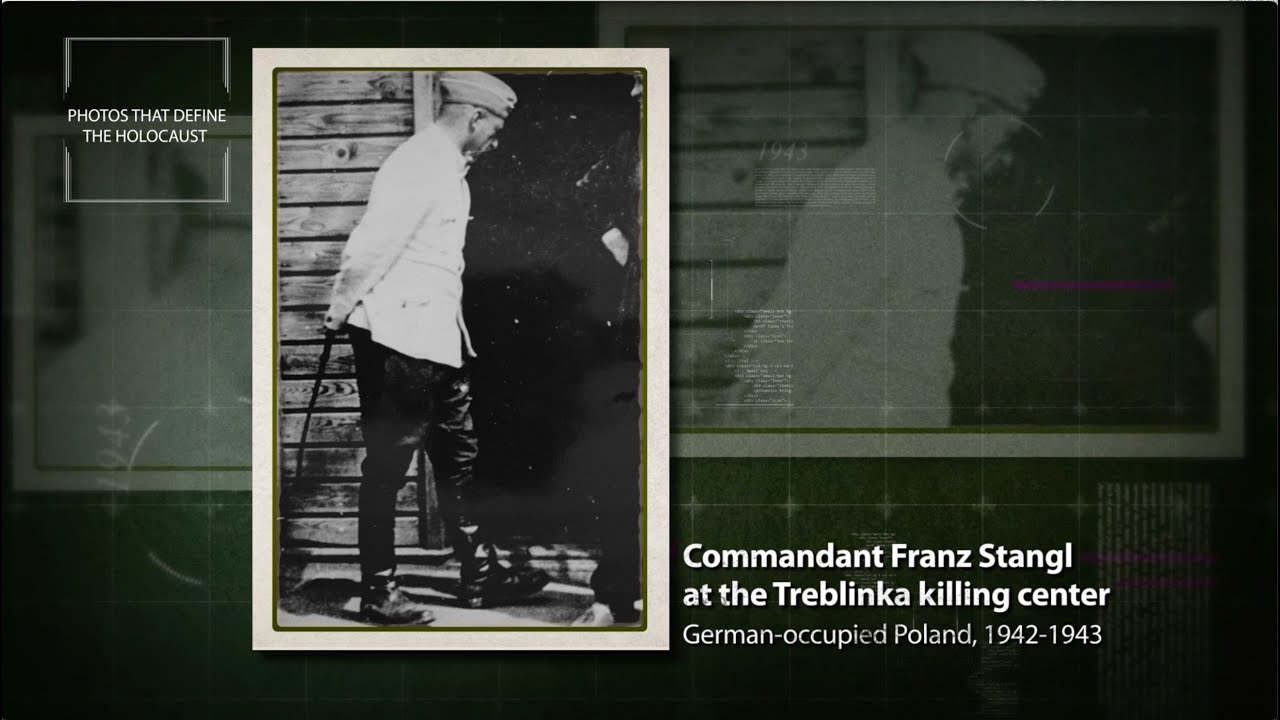

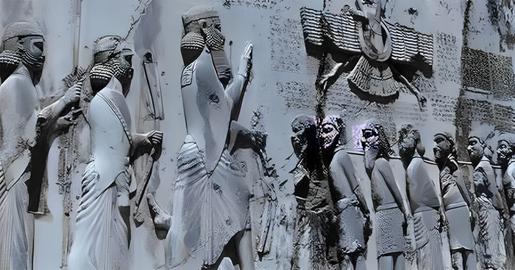


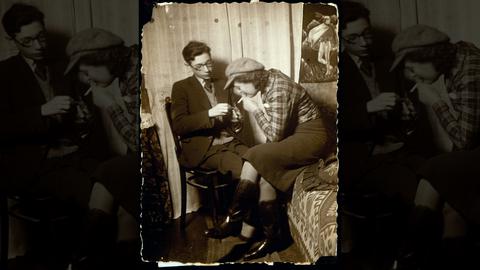
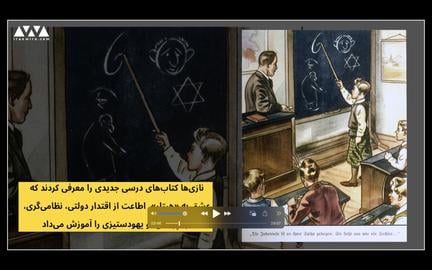
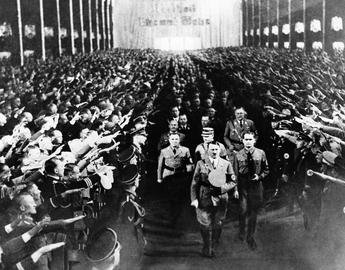

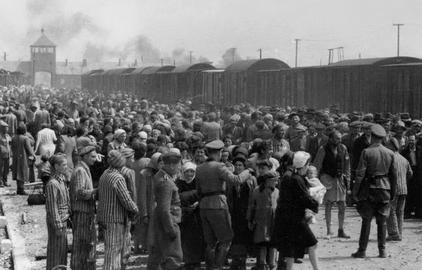
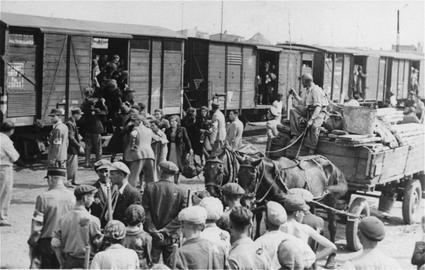




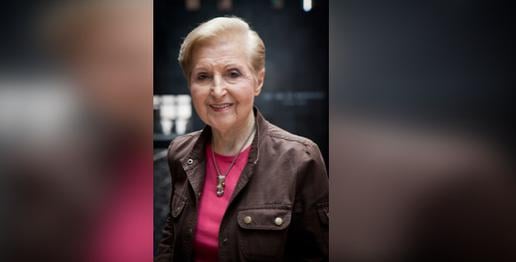

comments